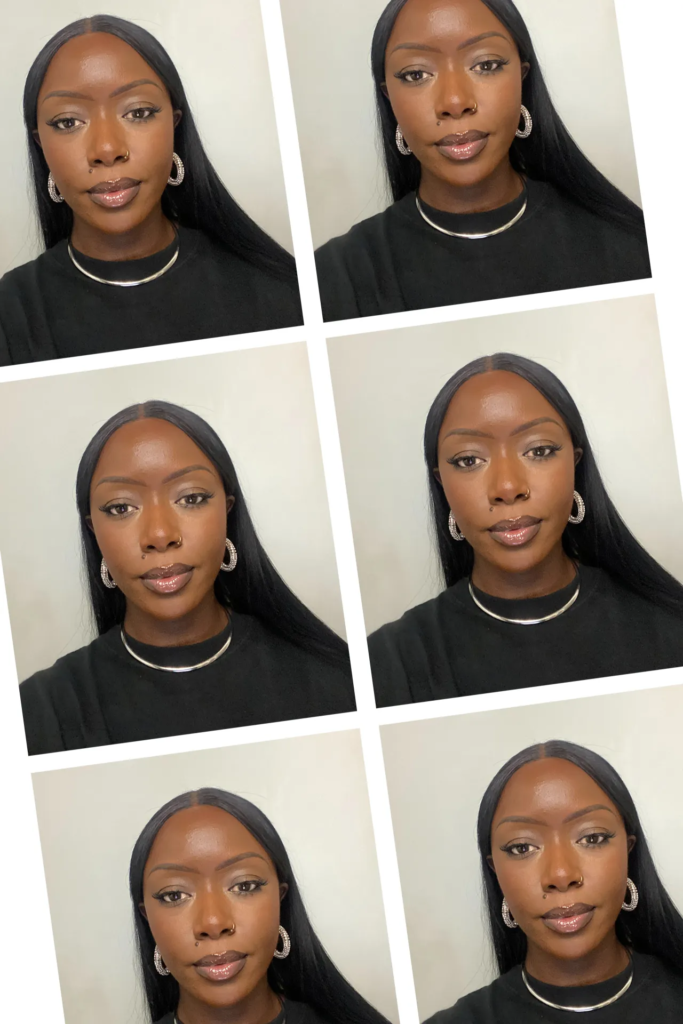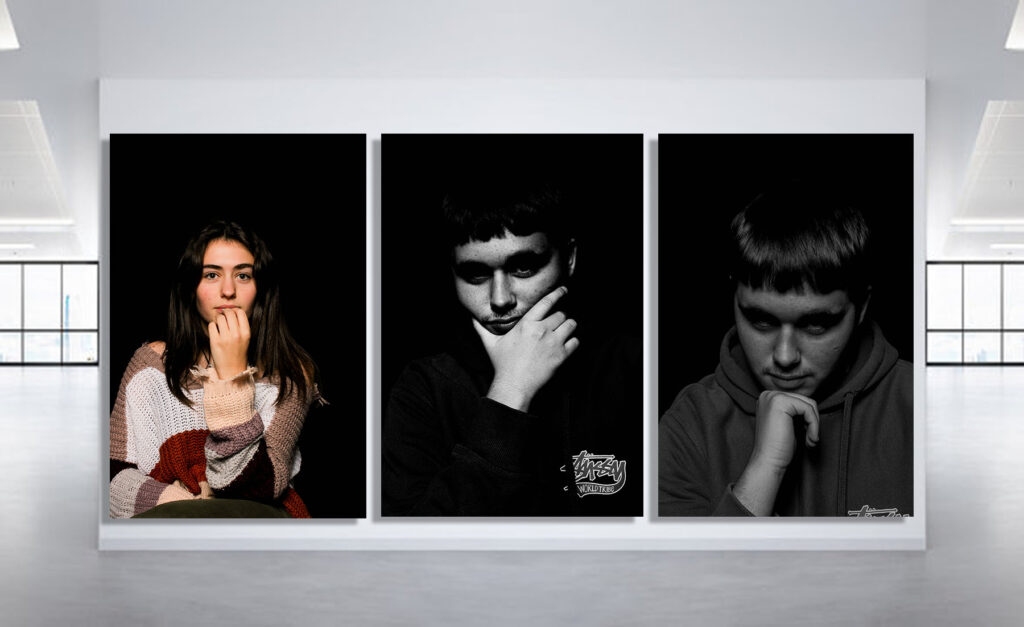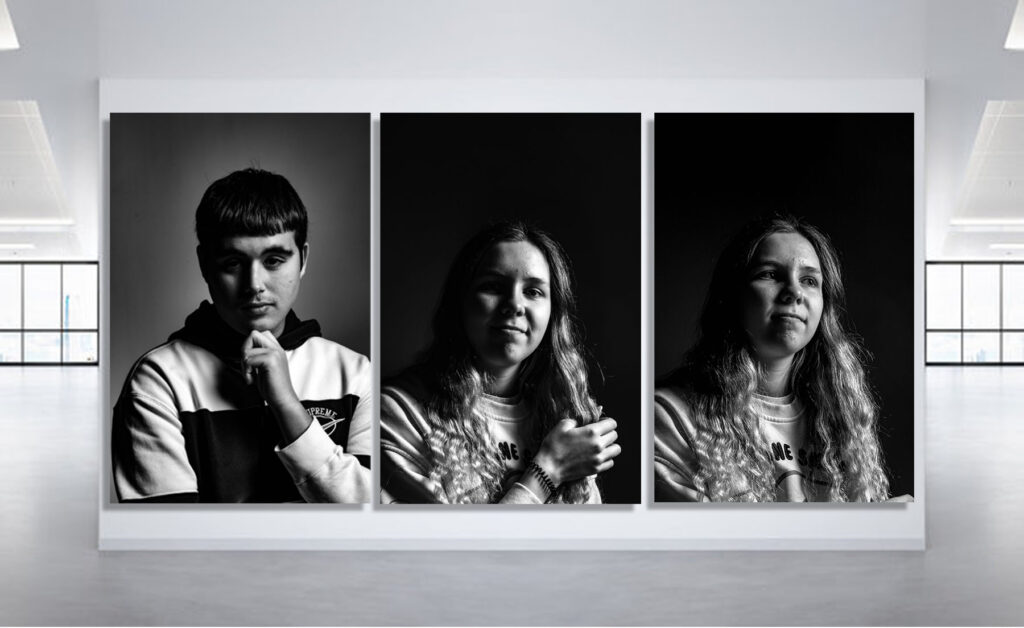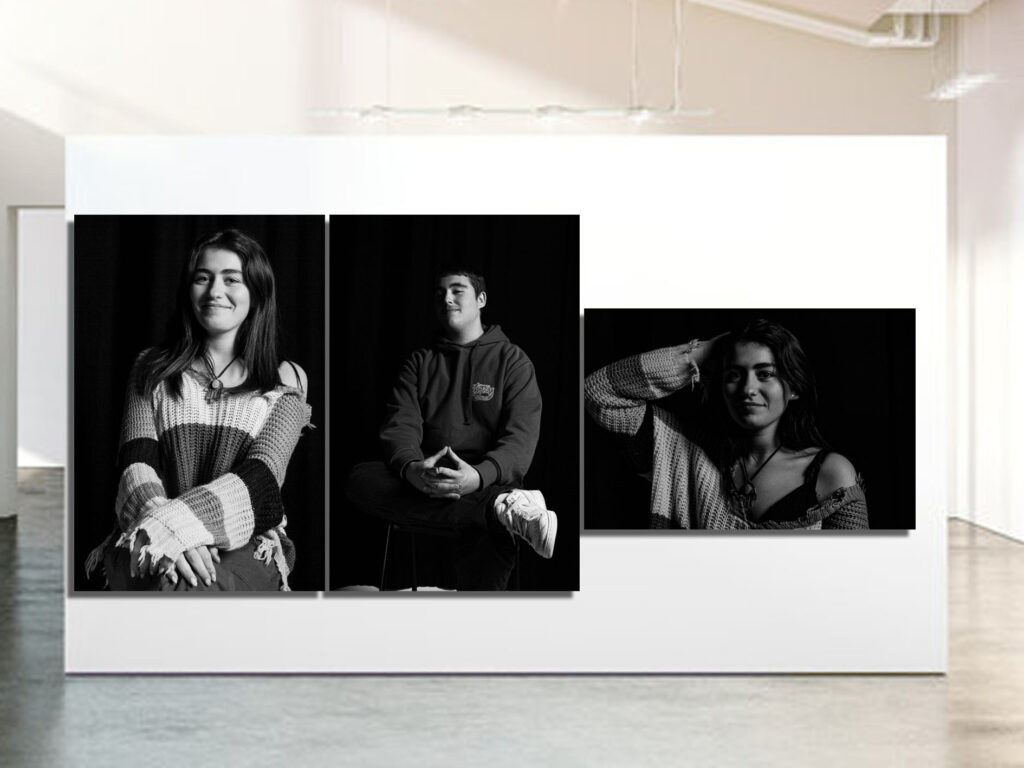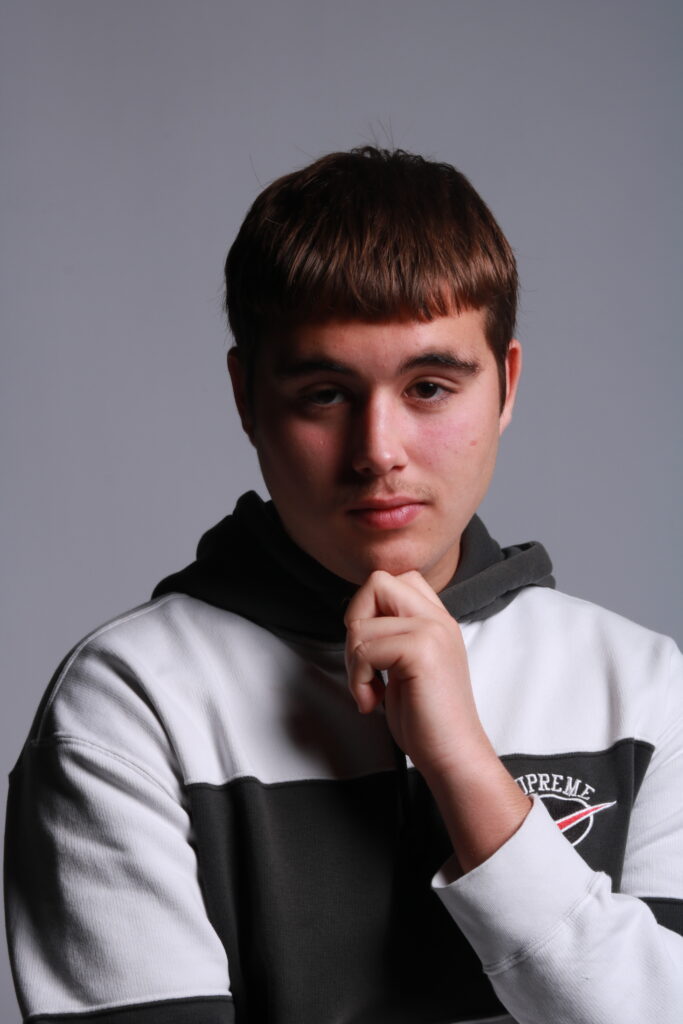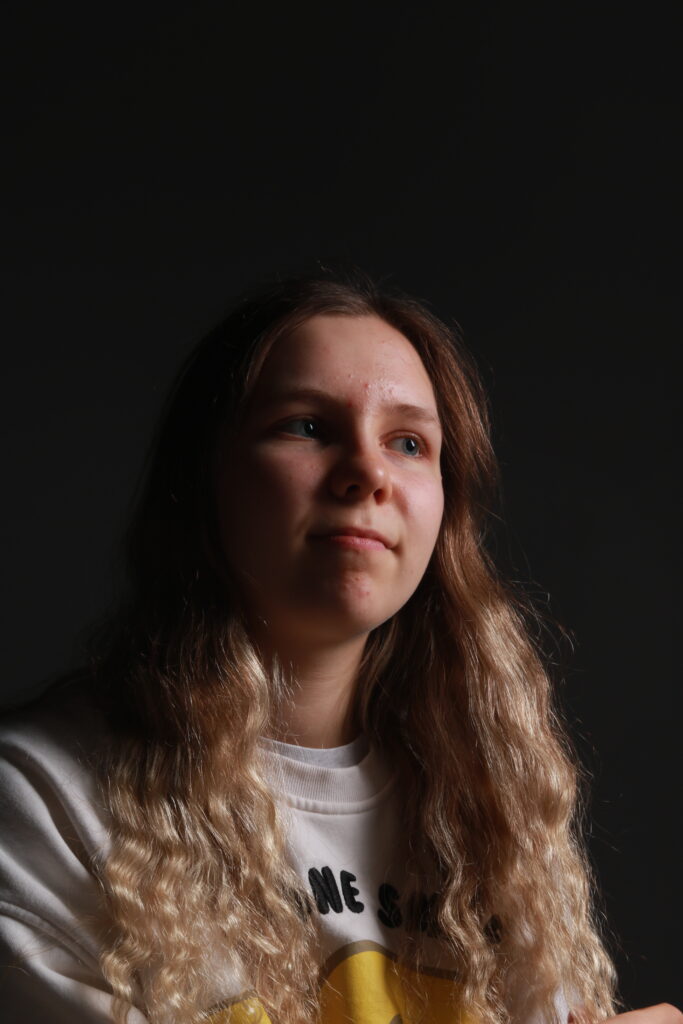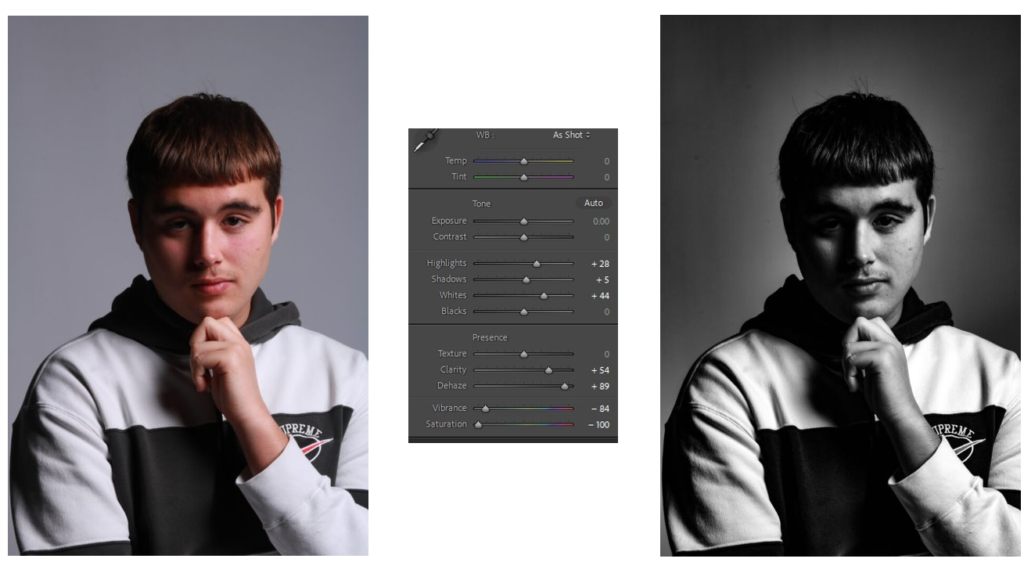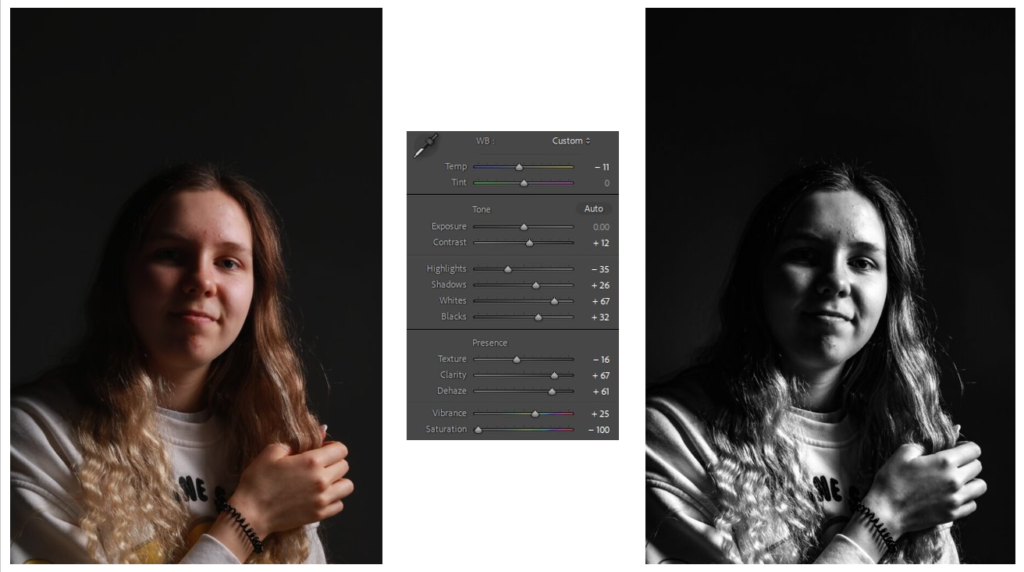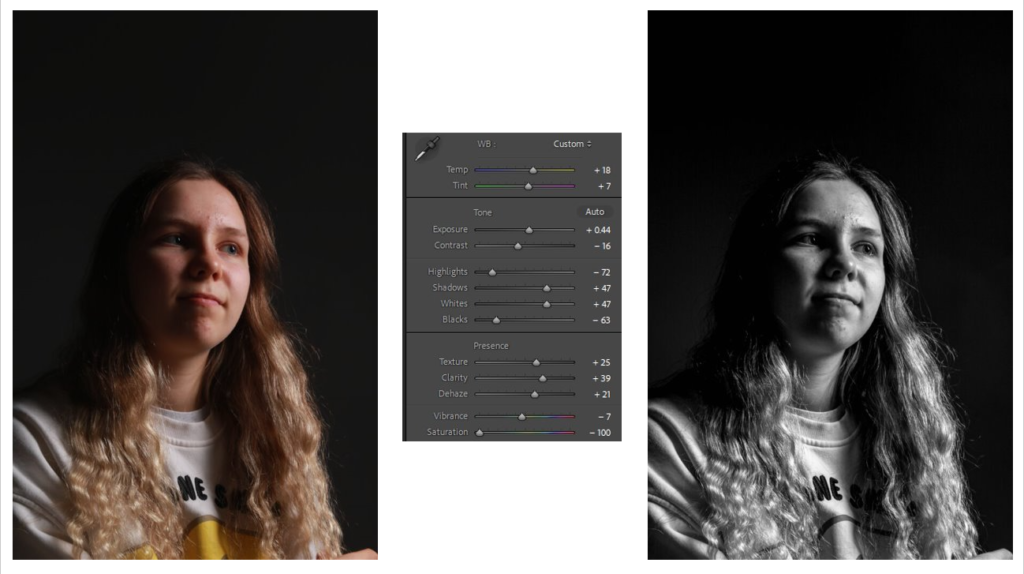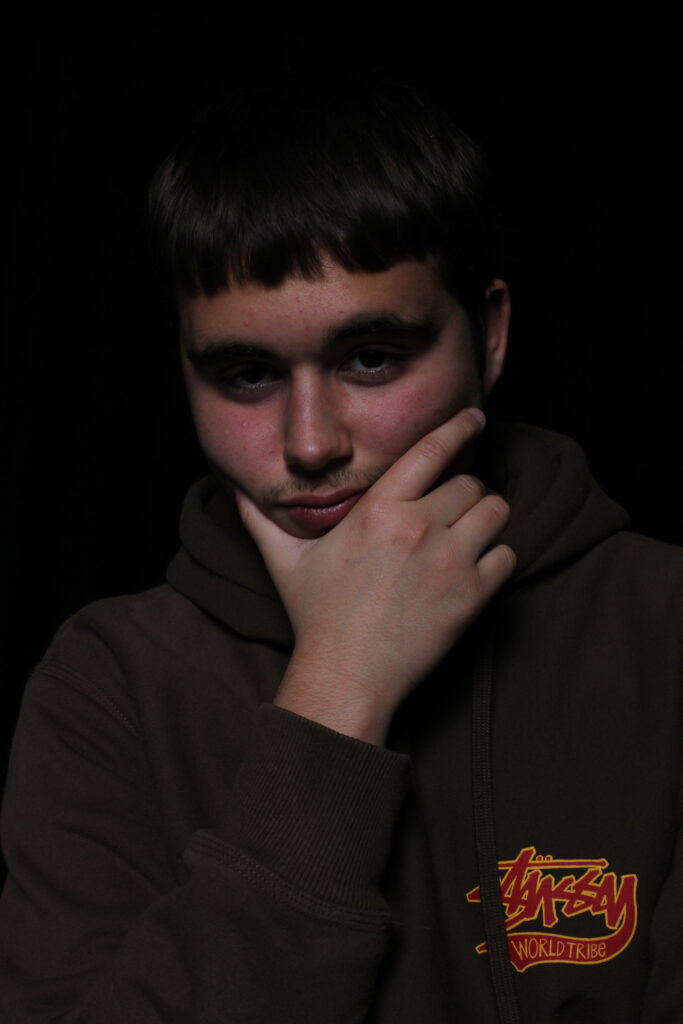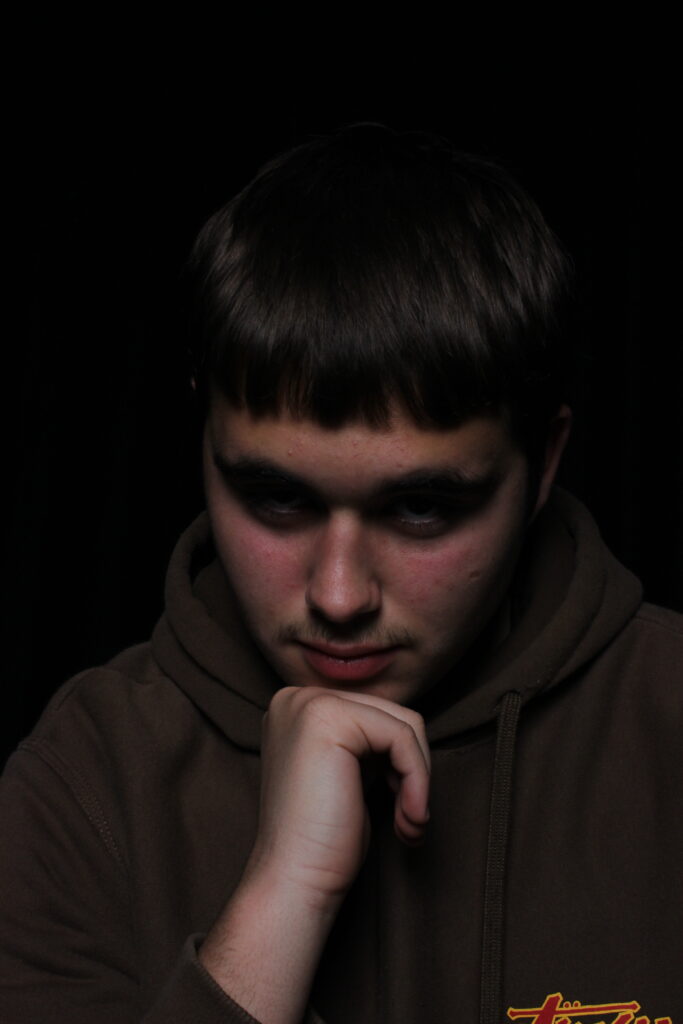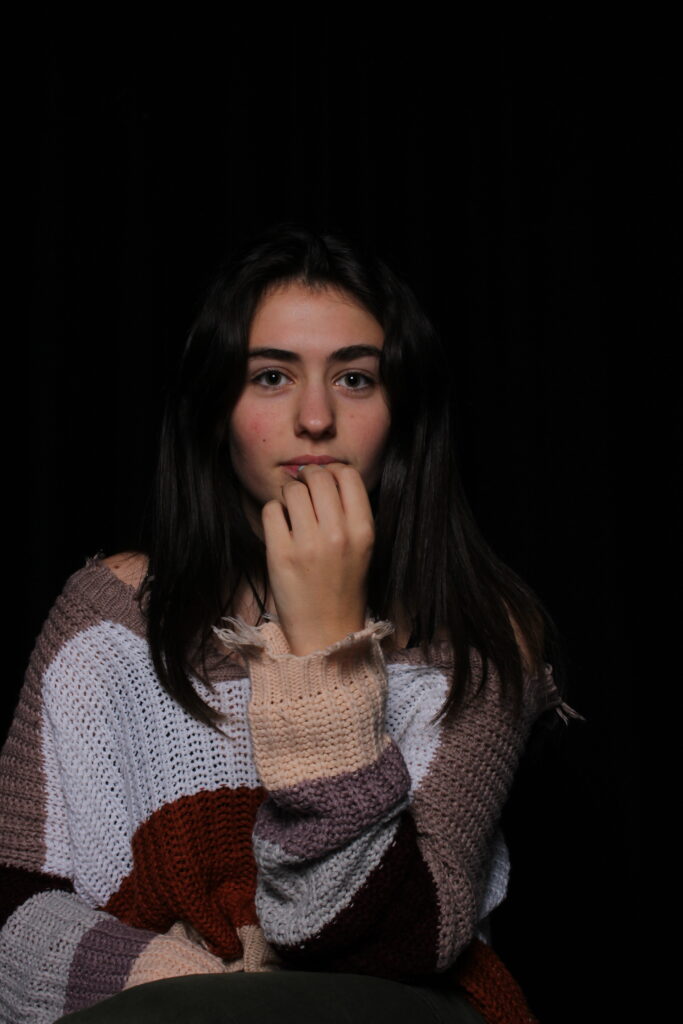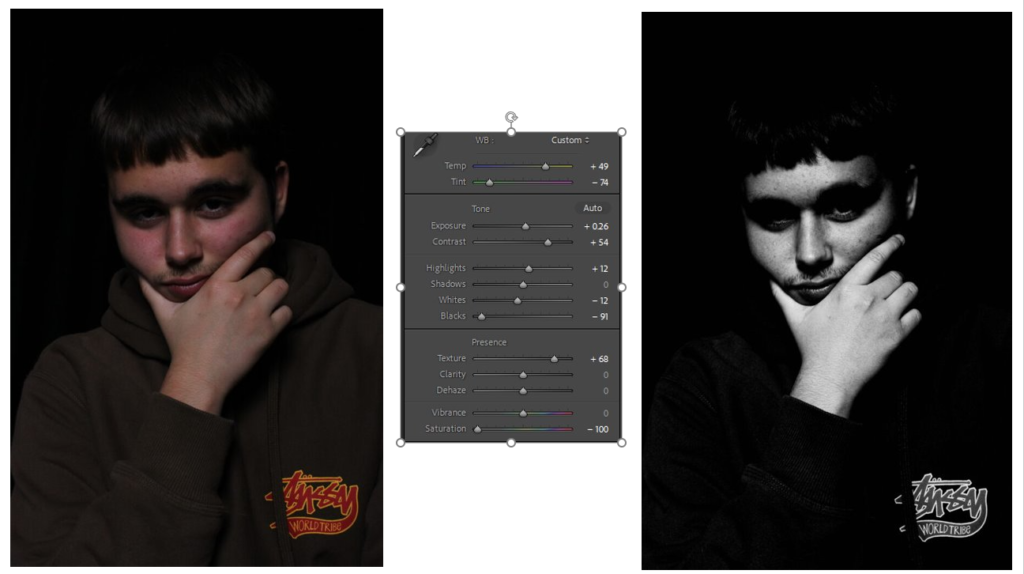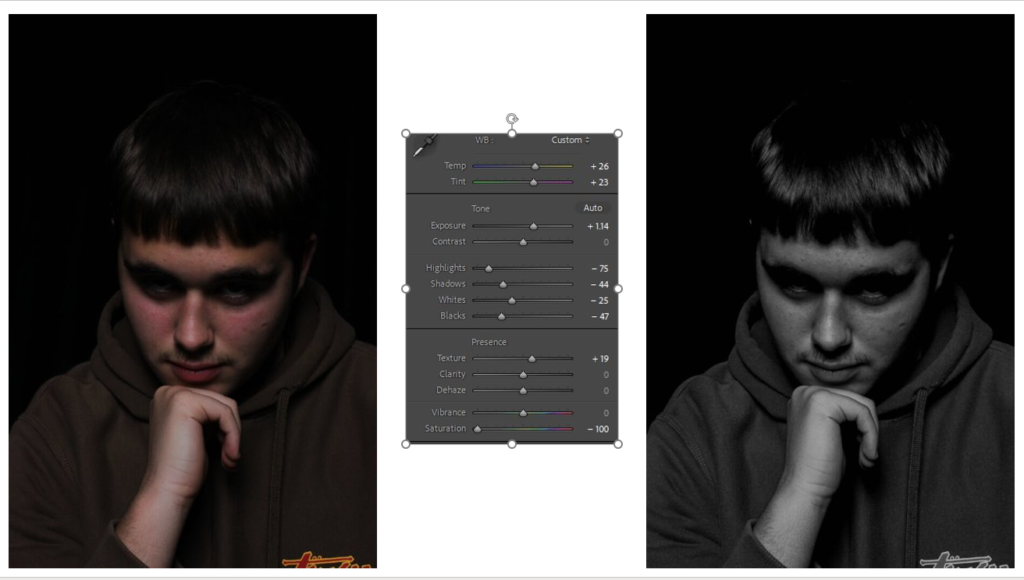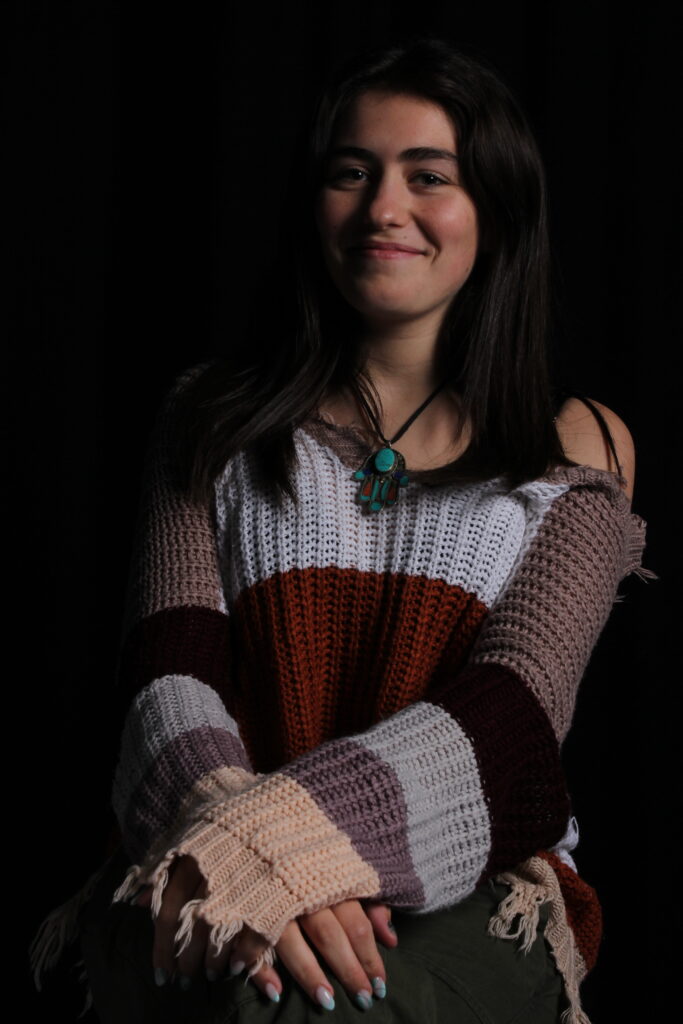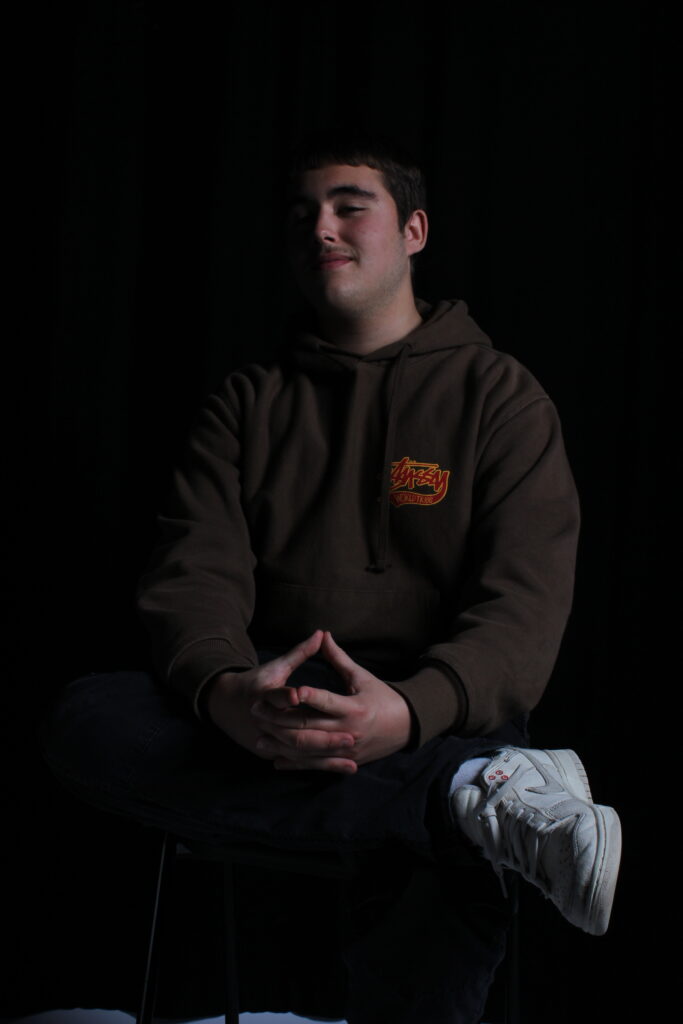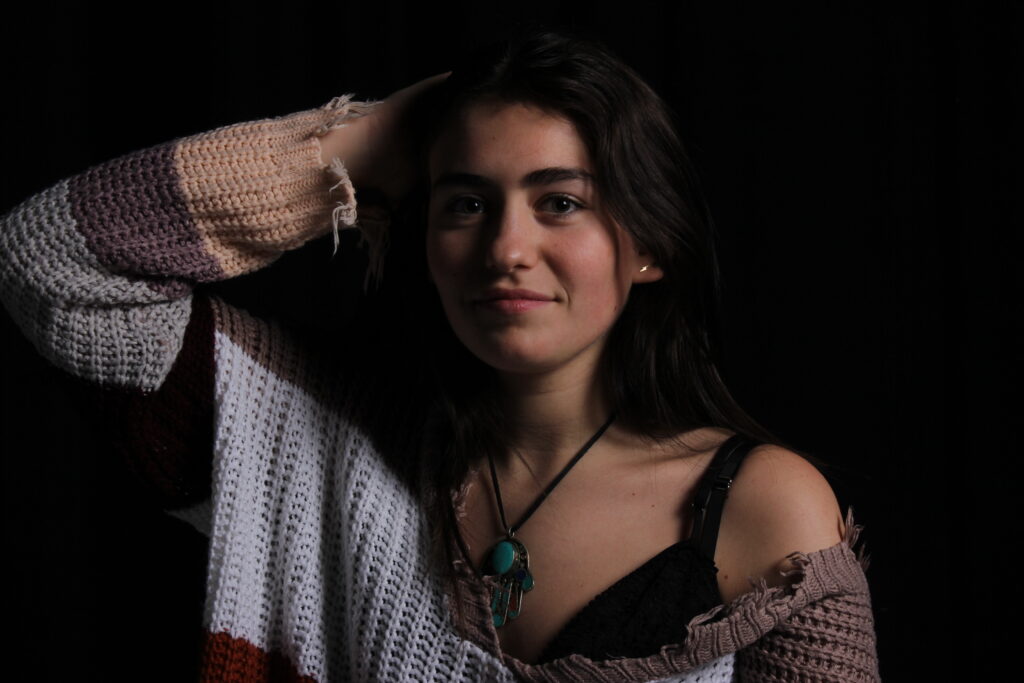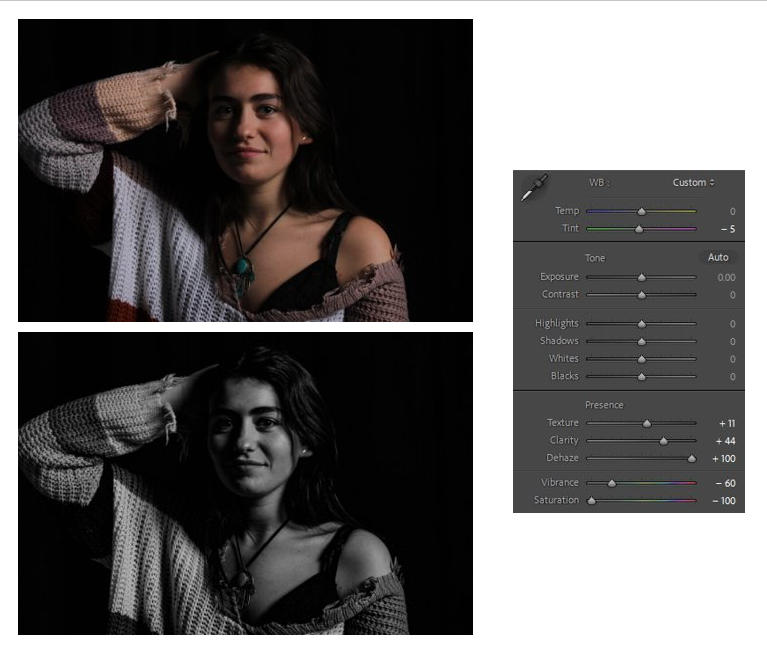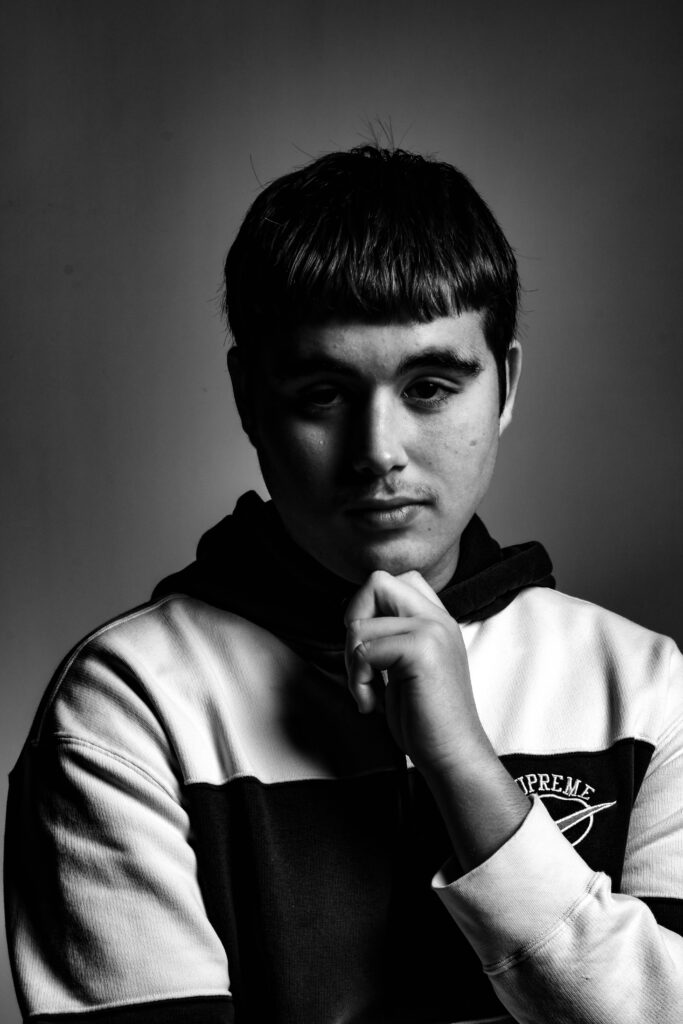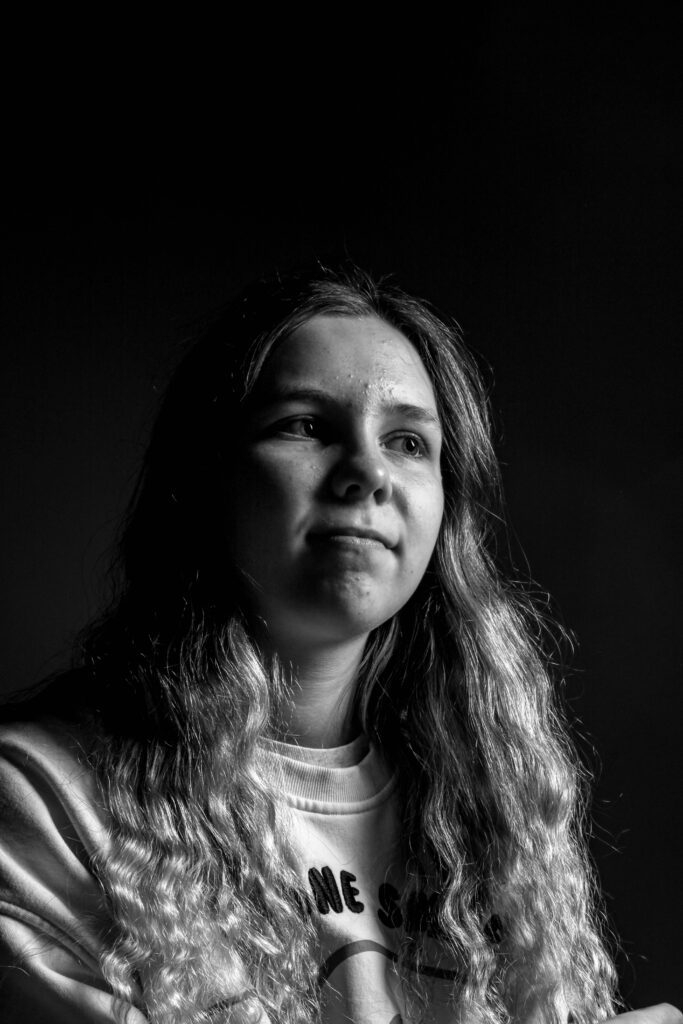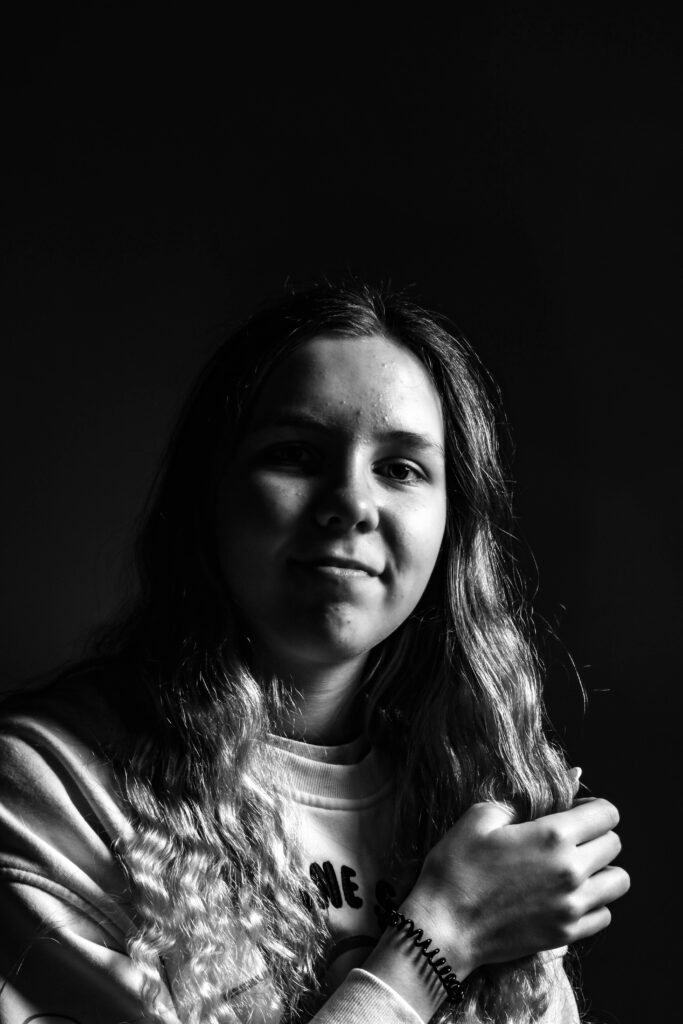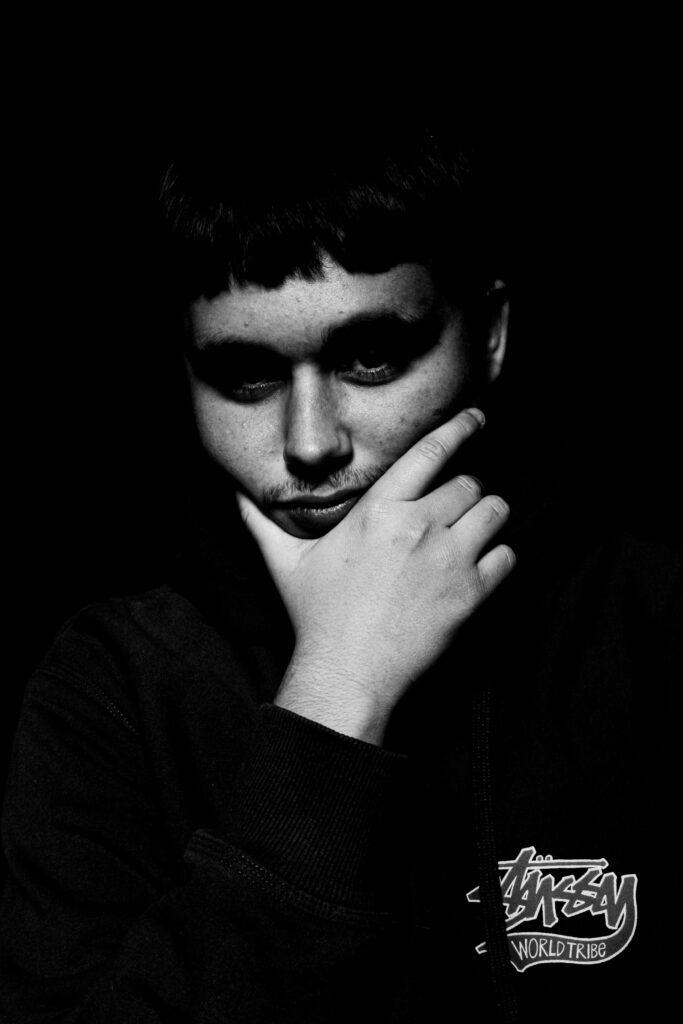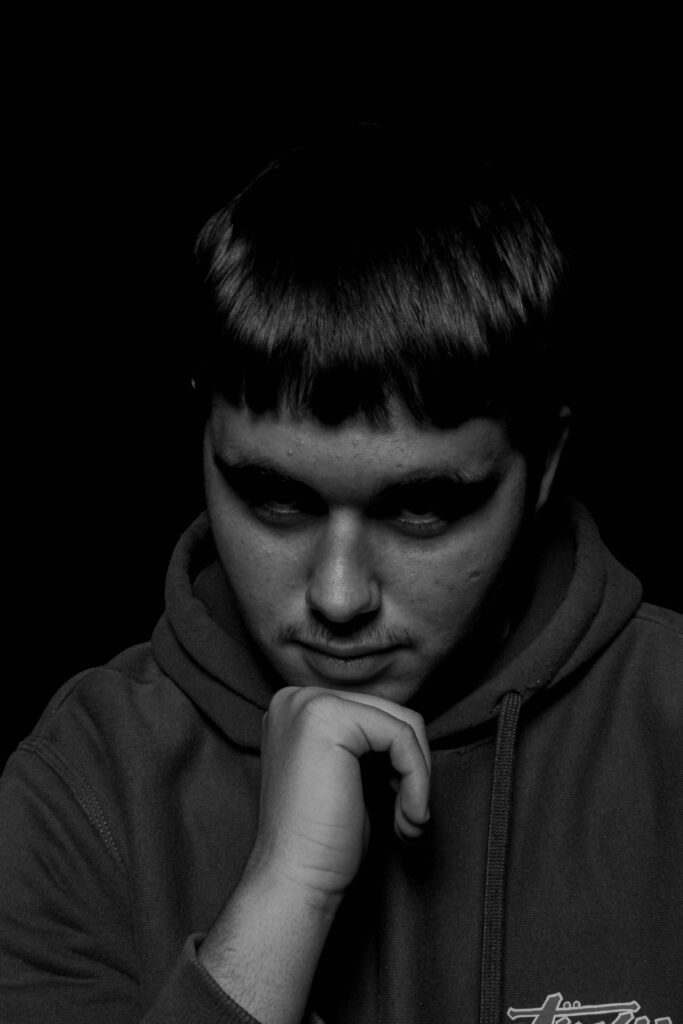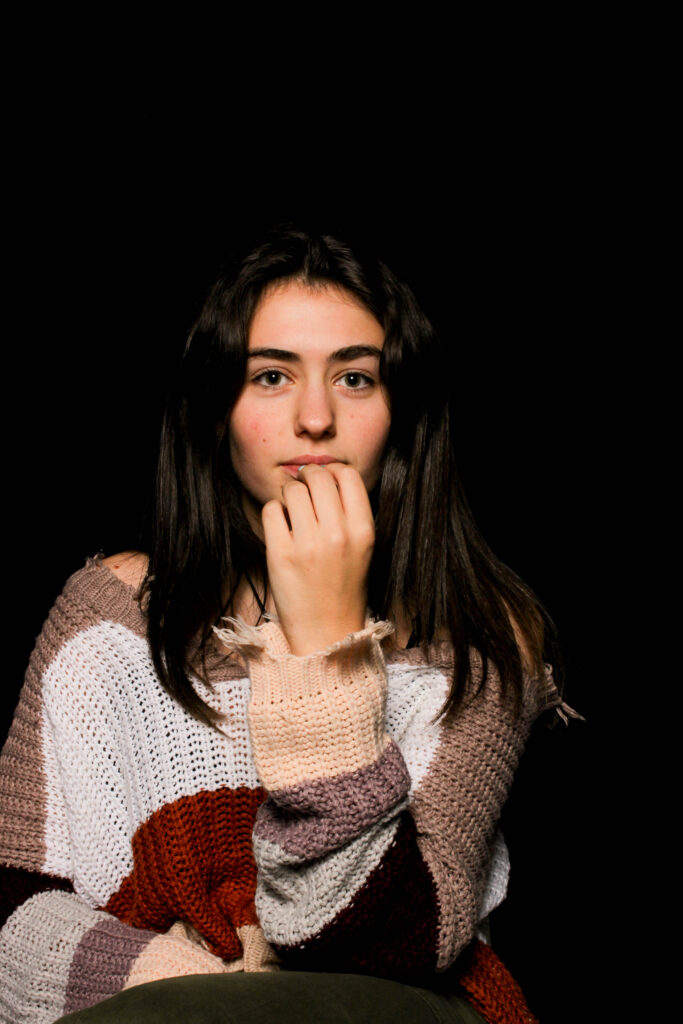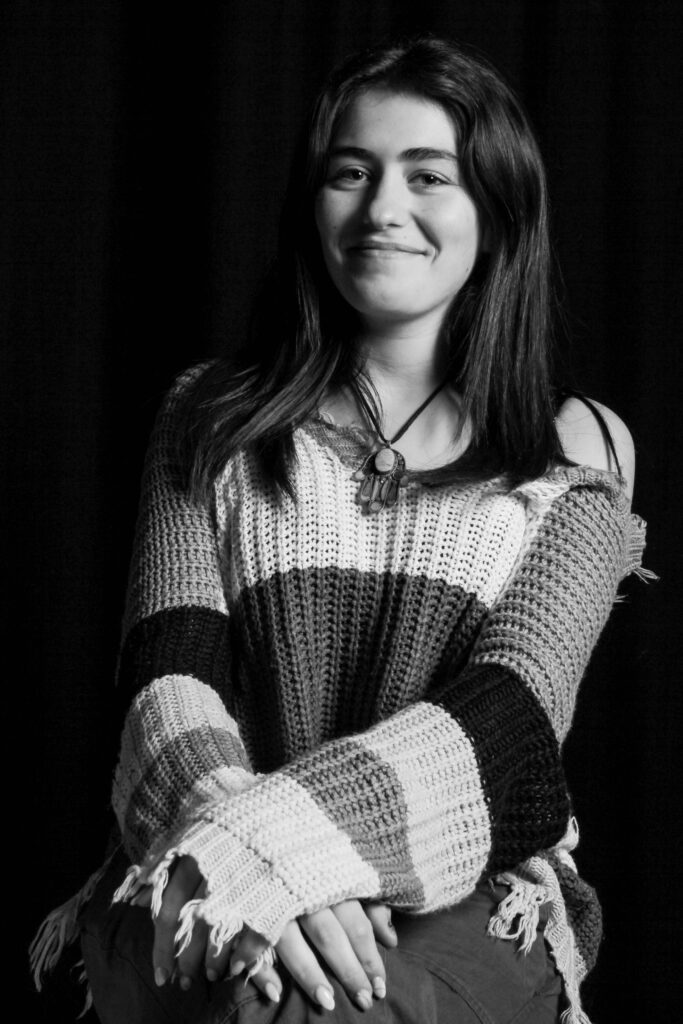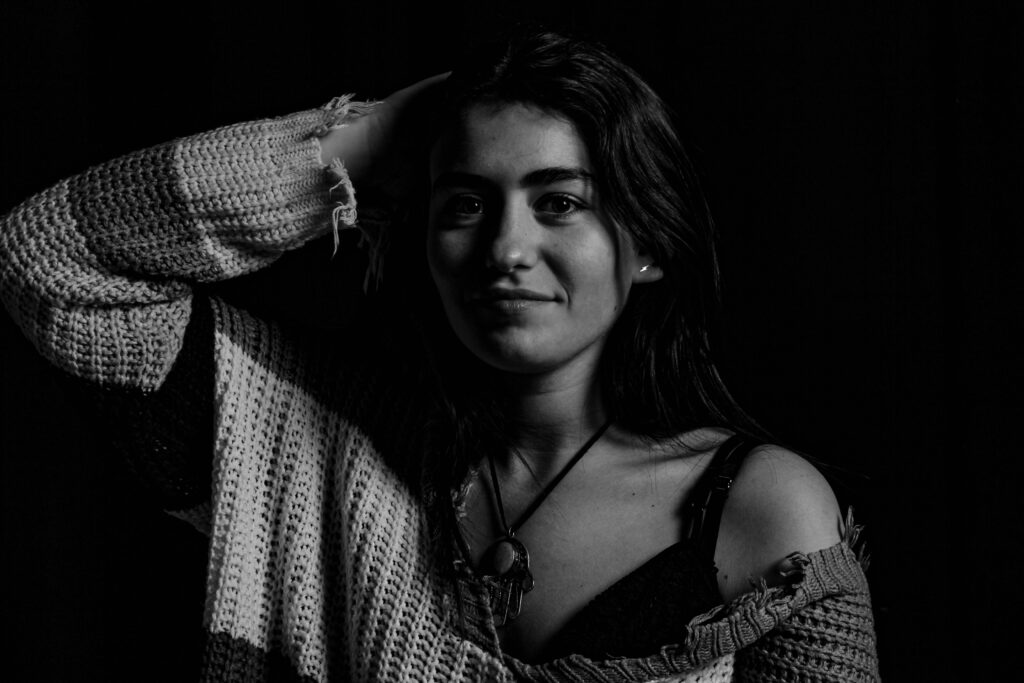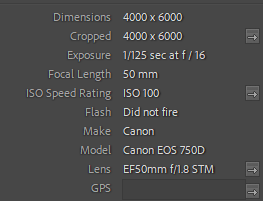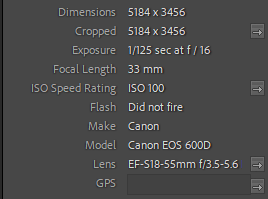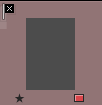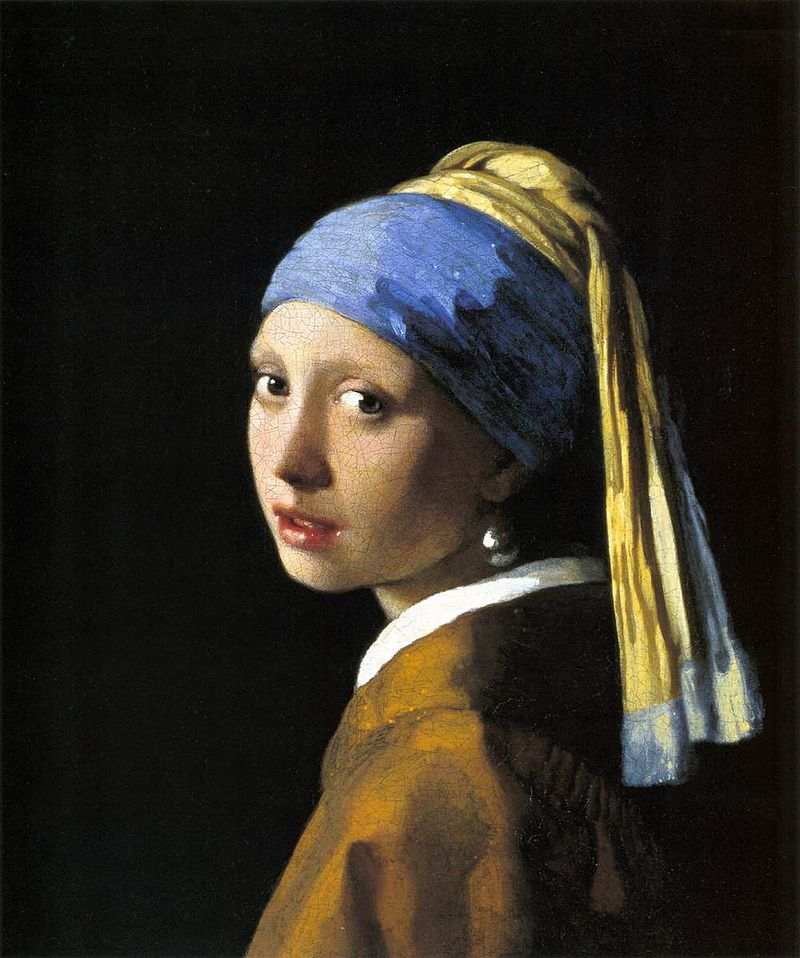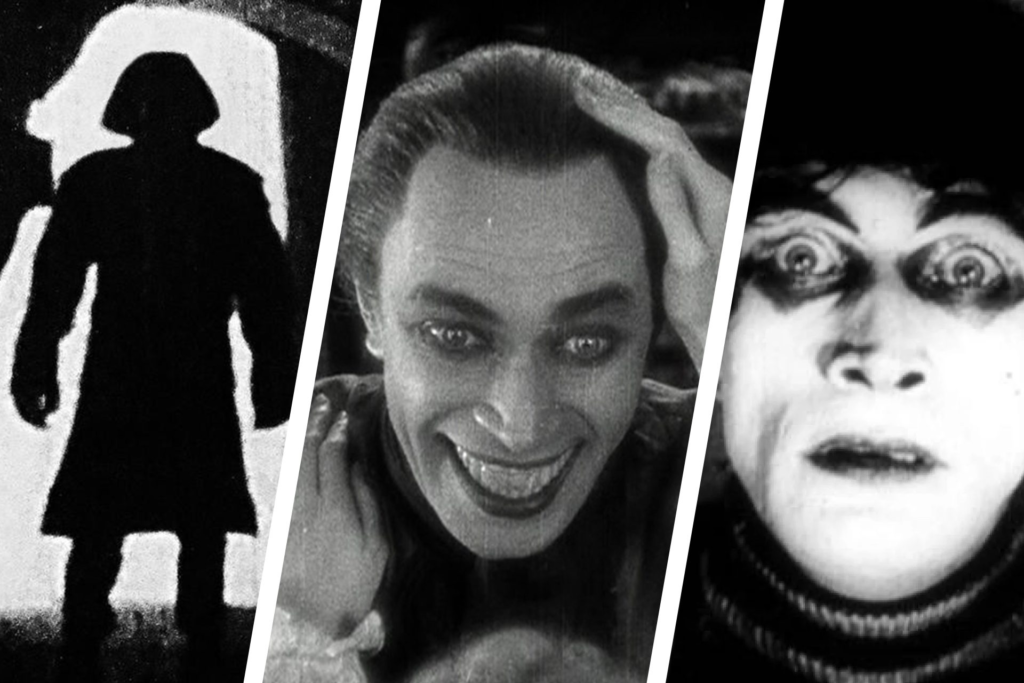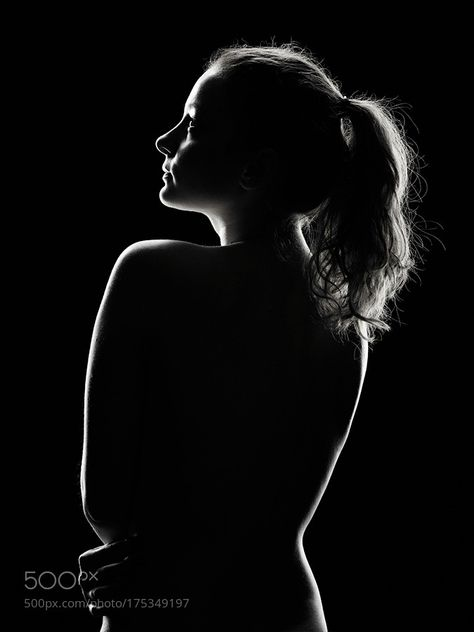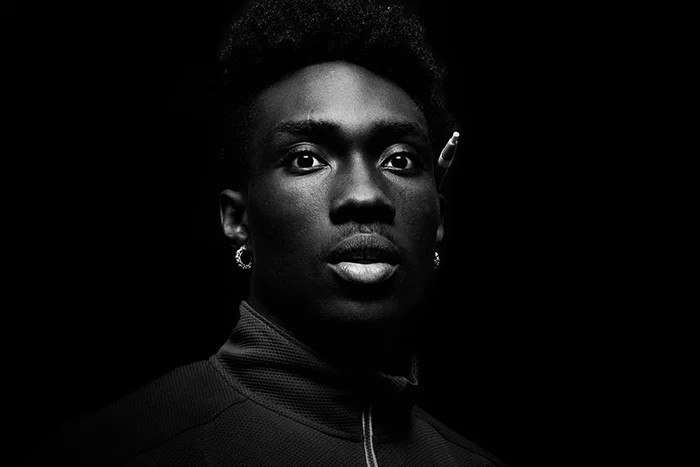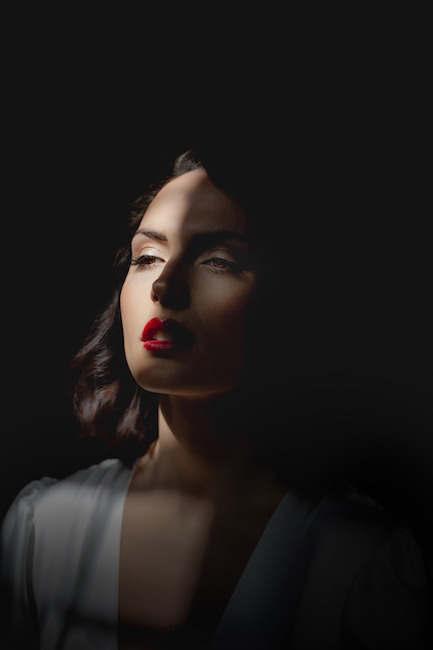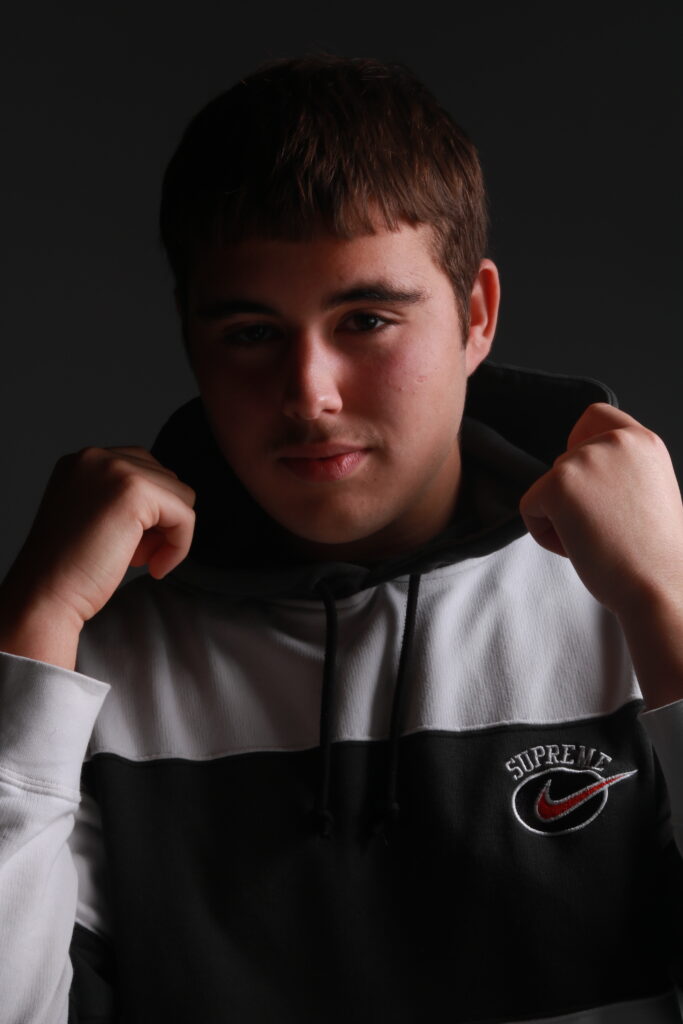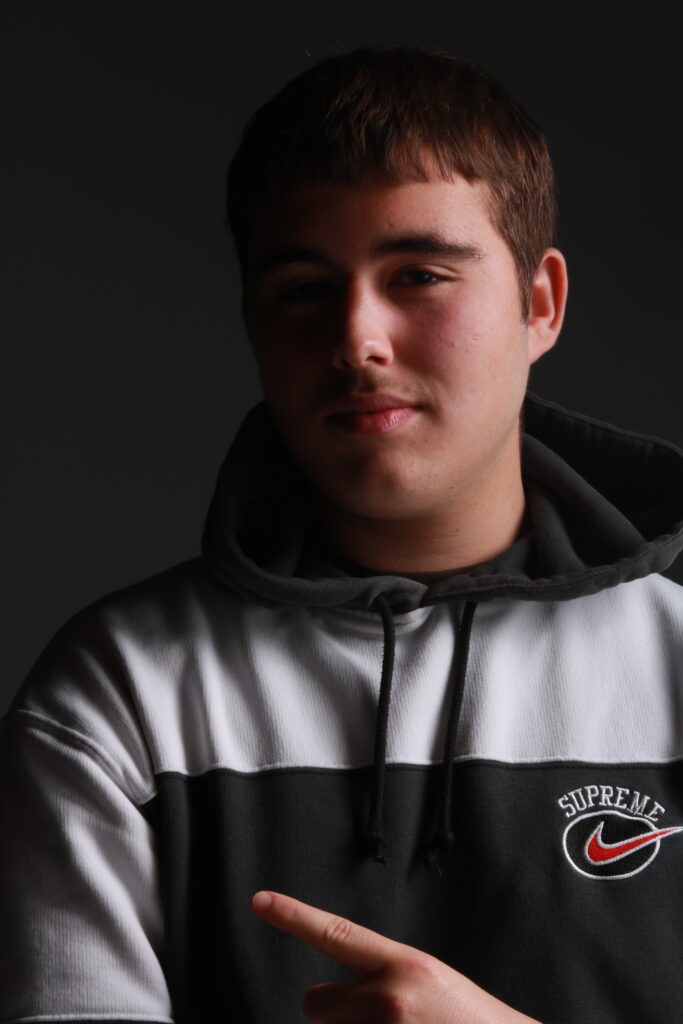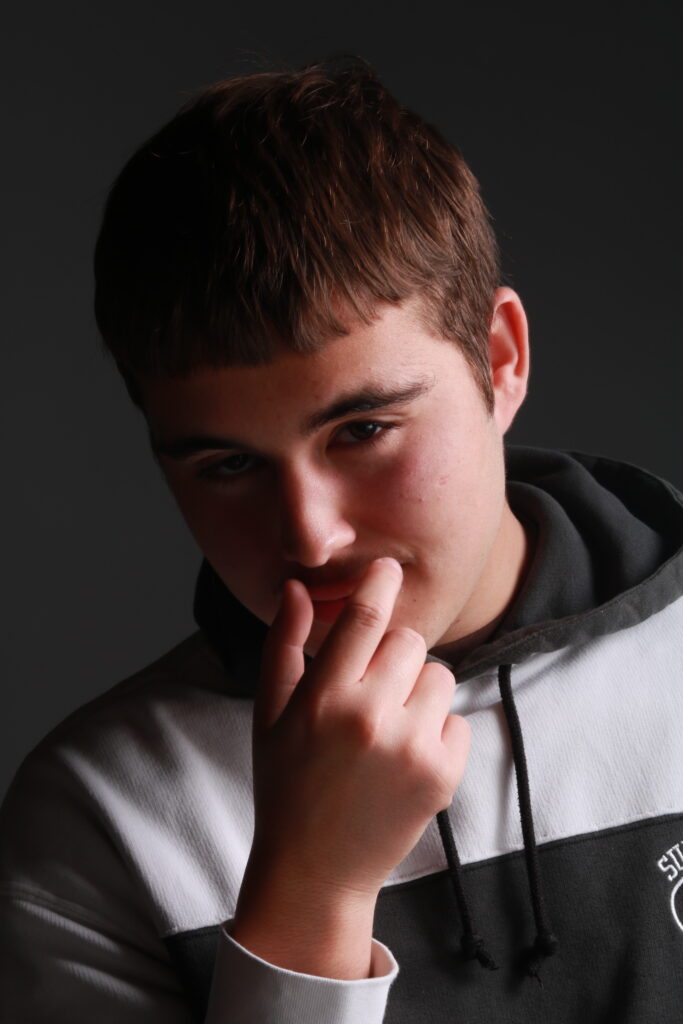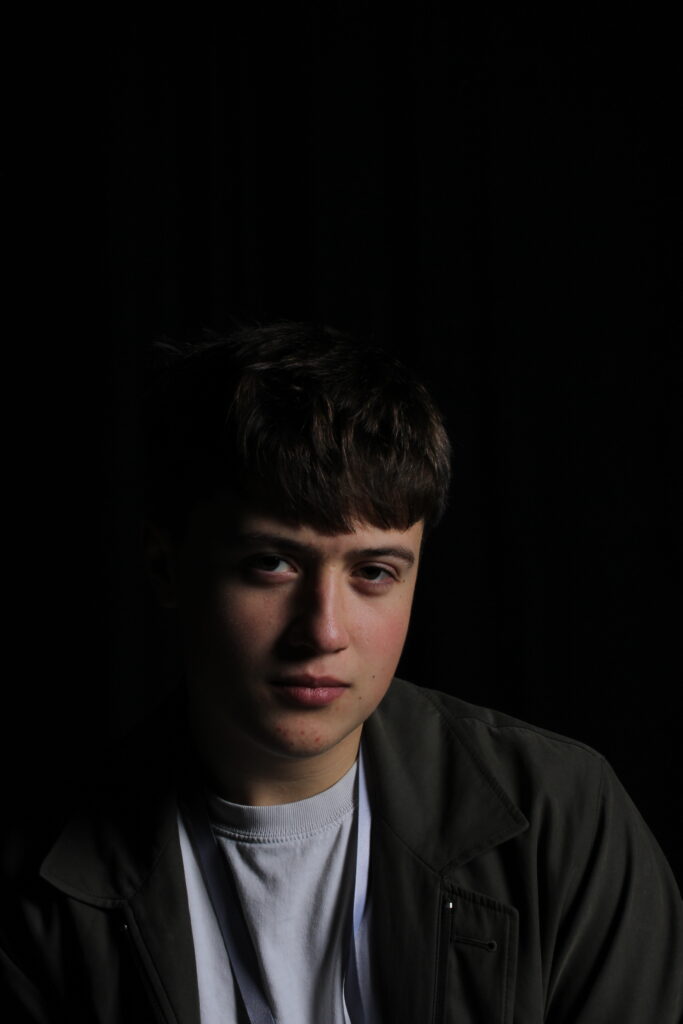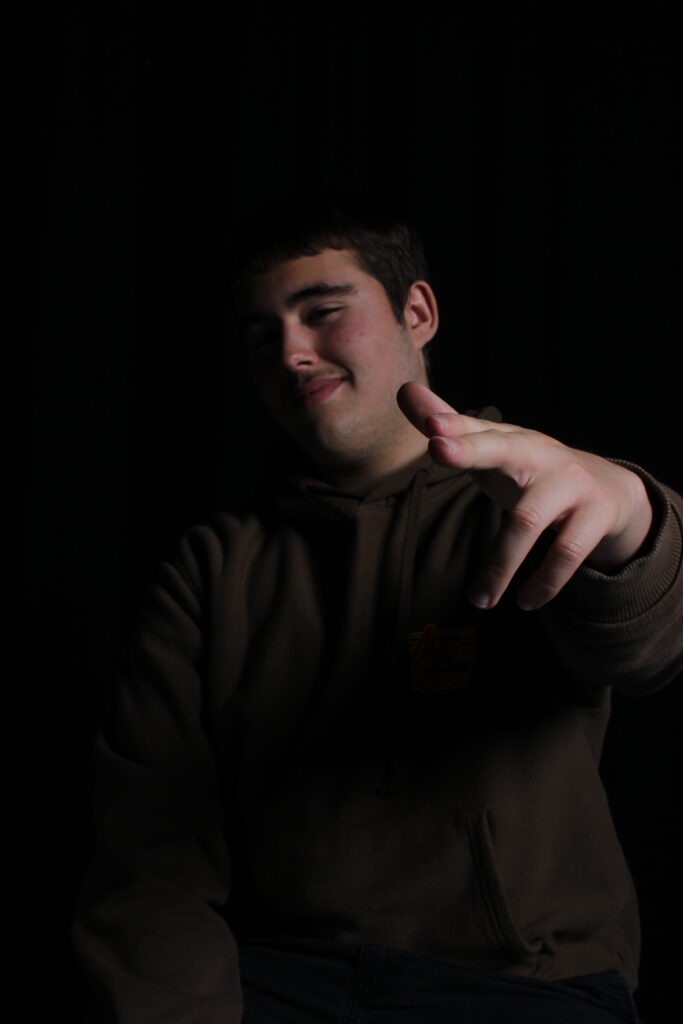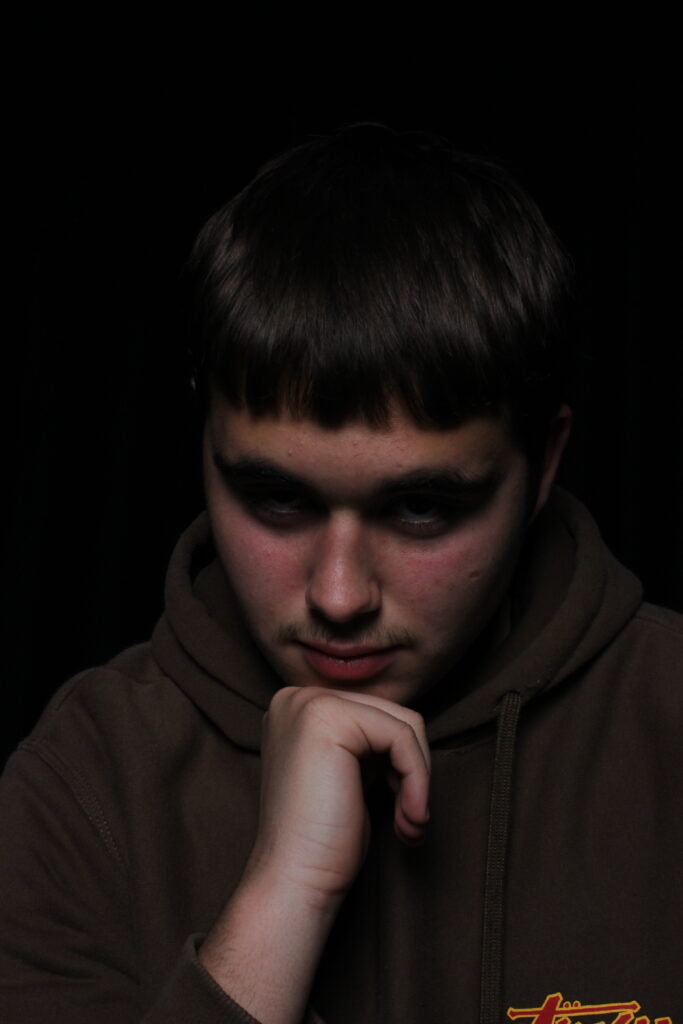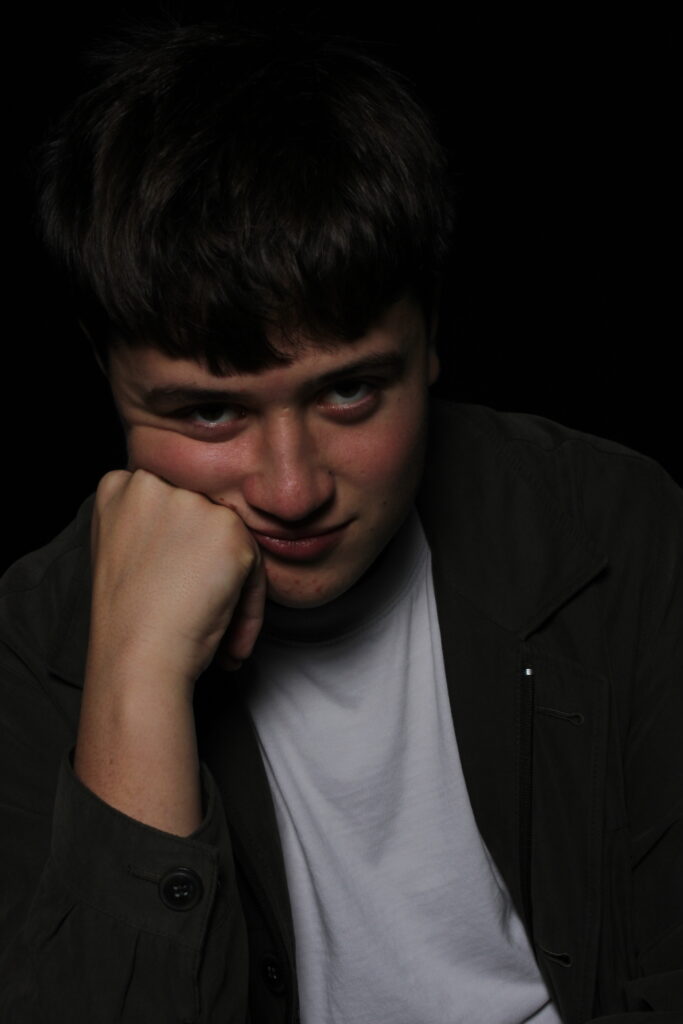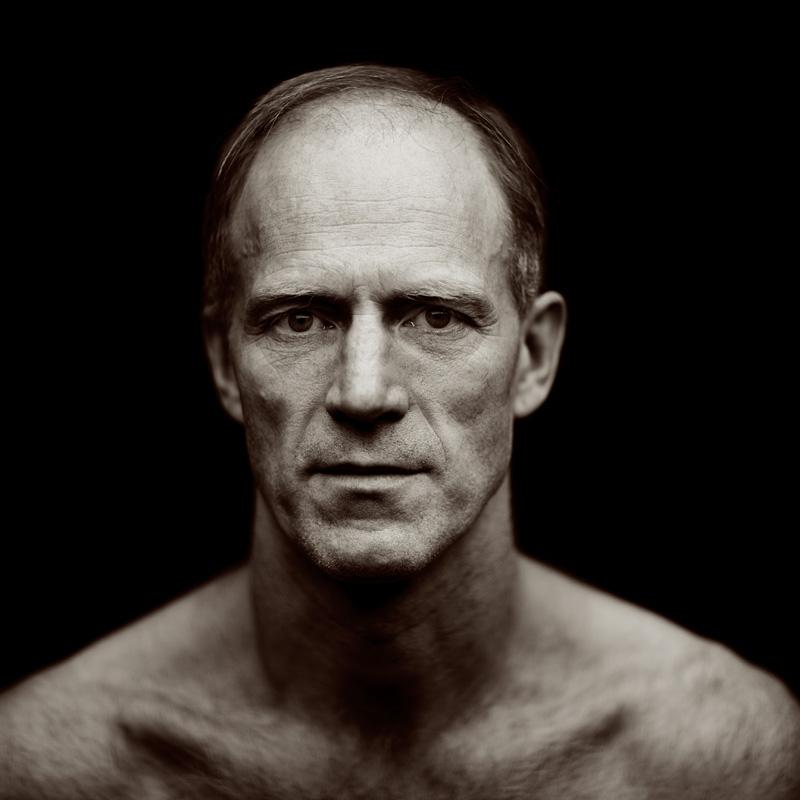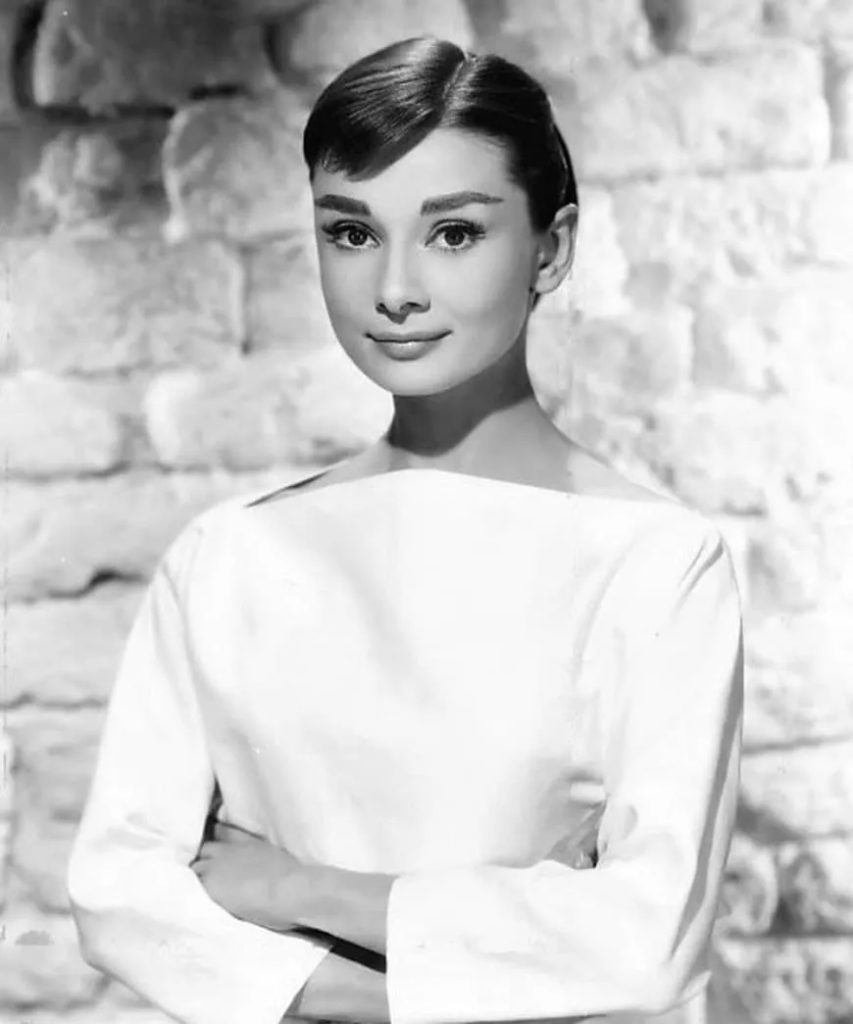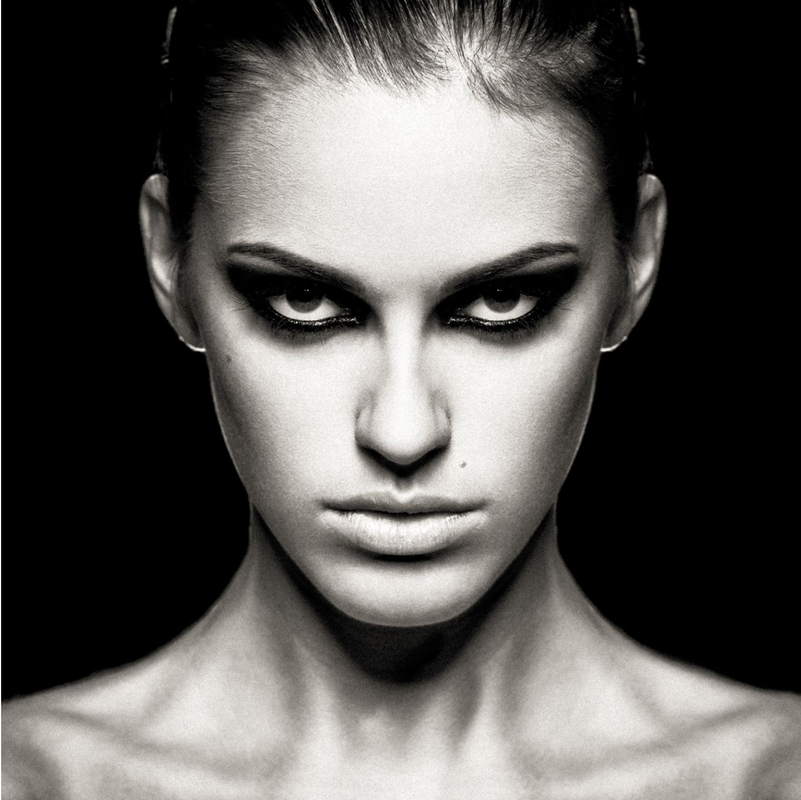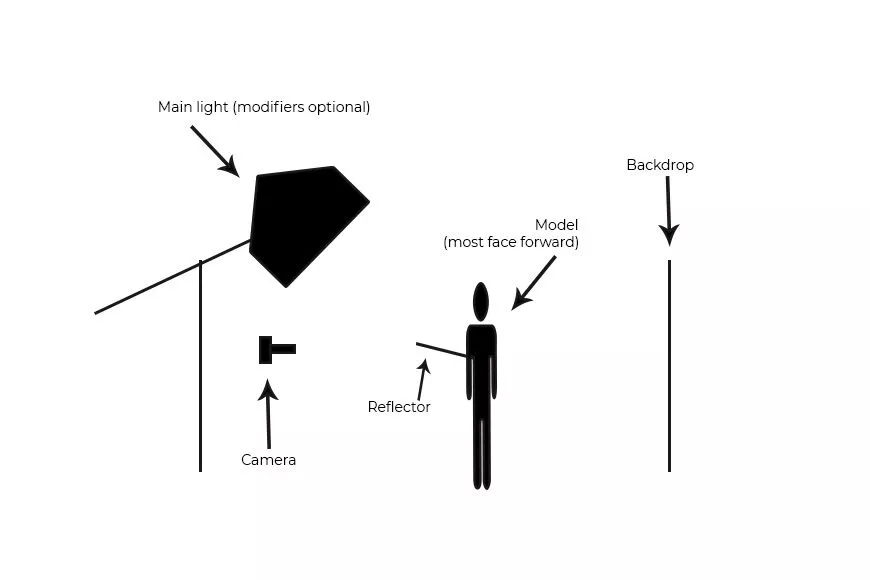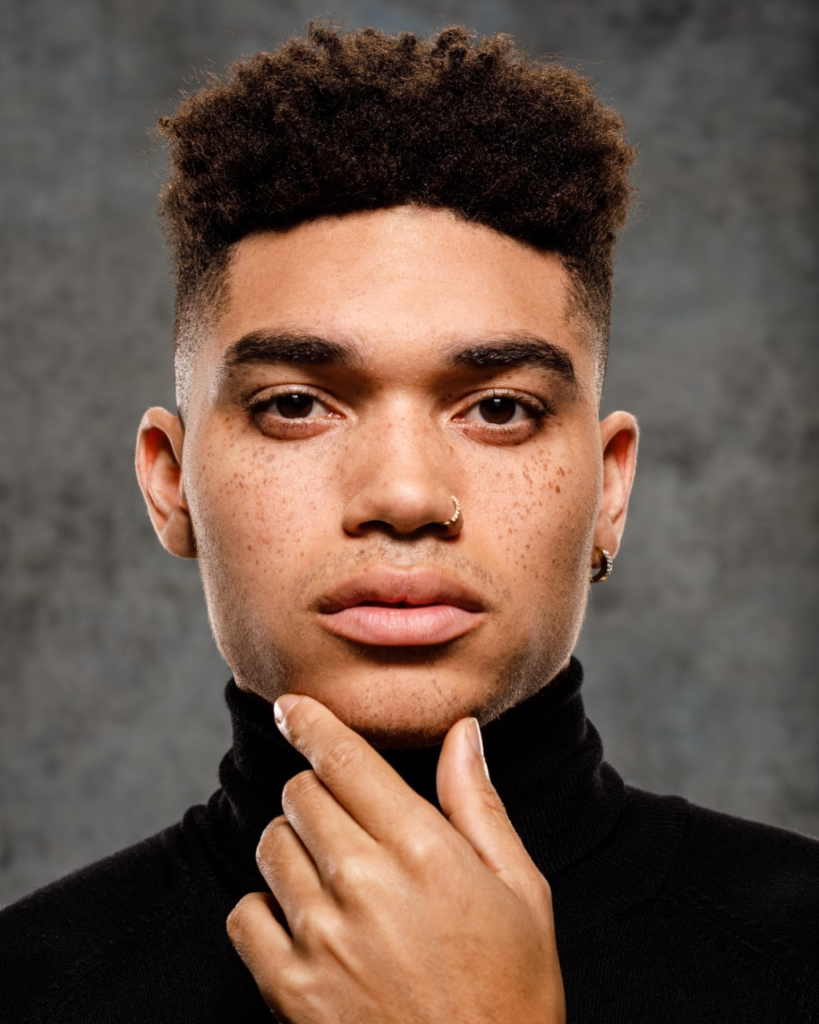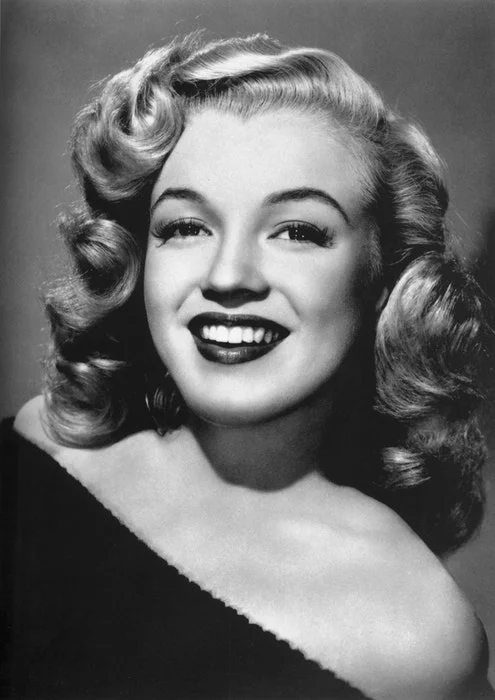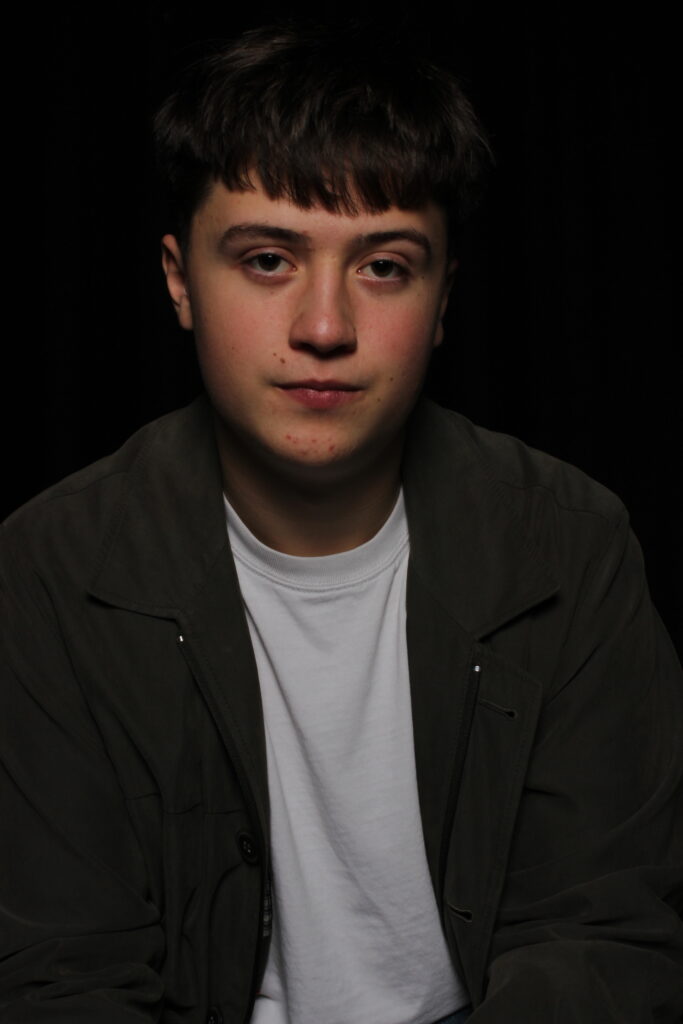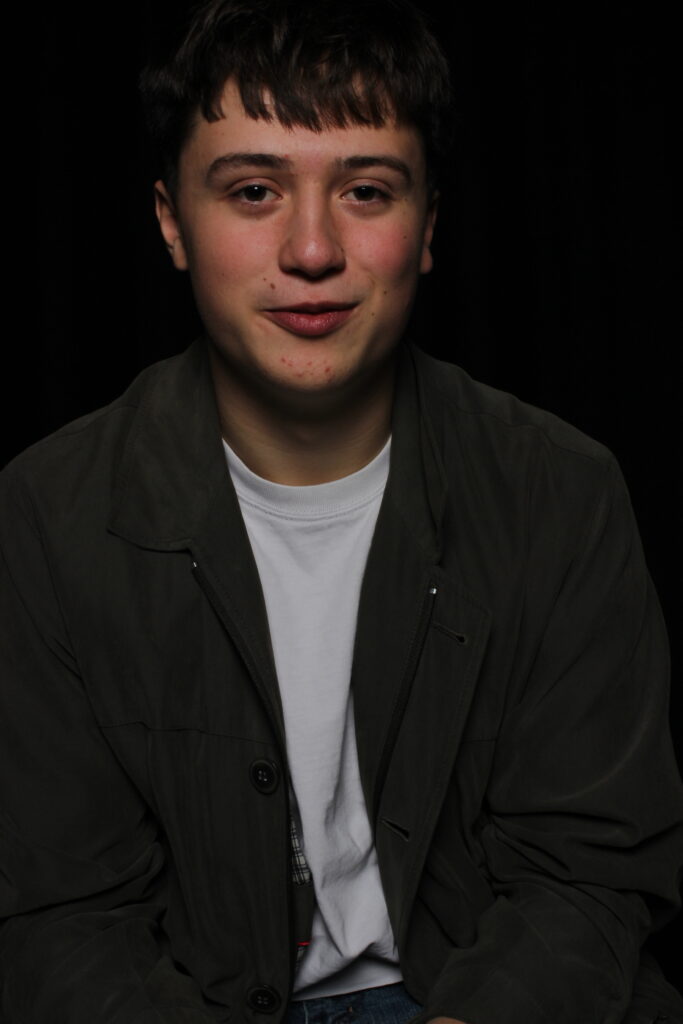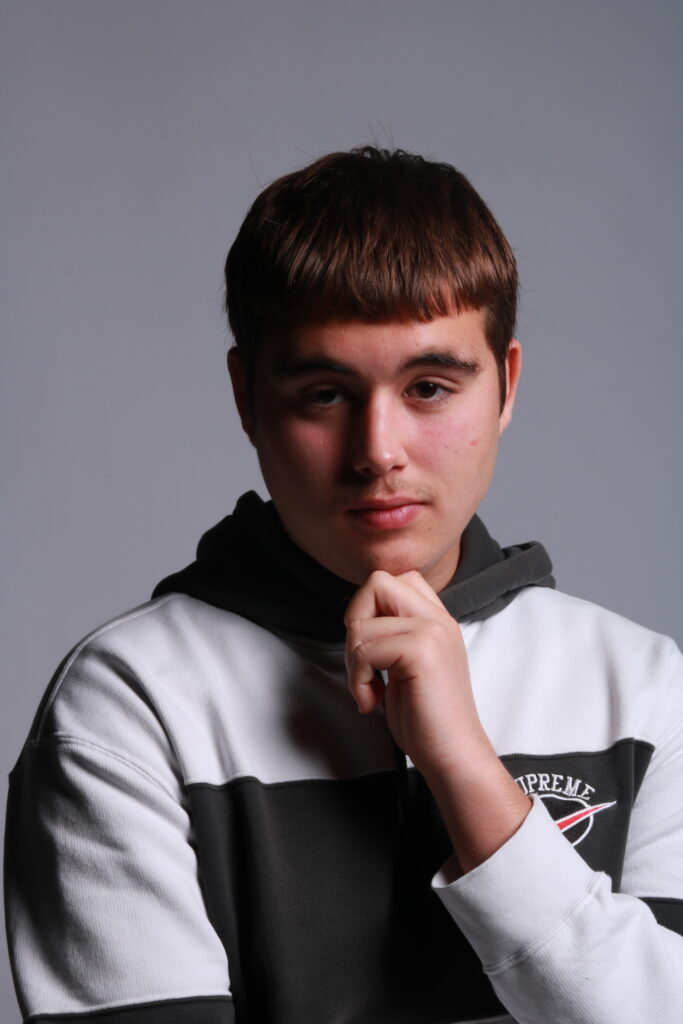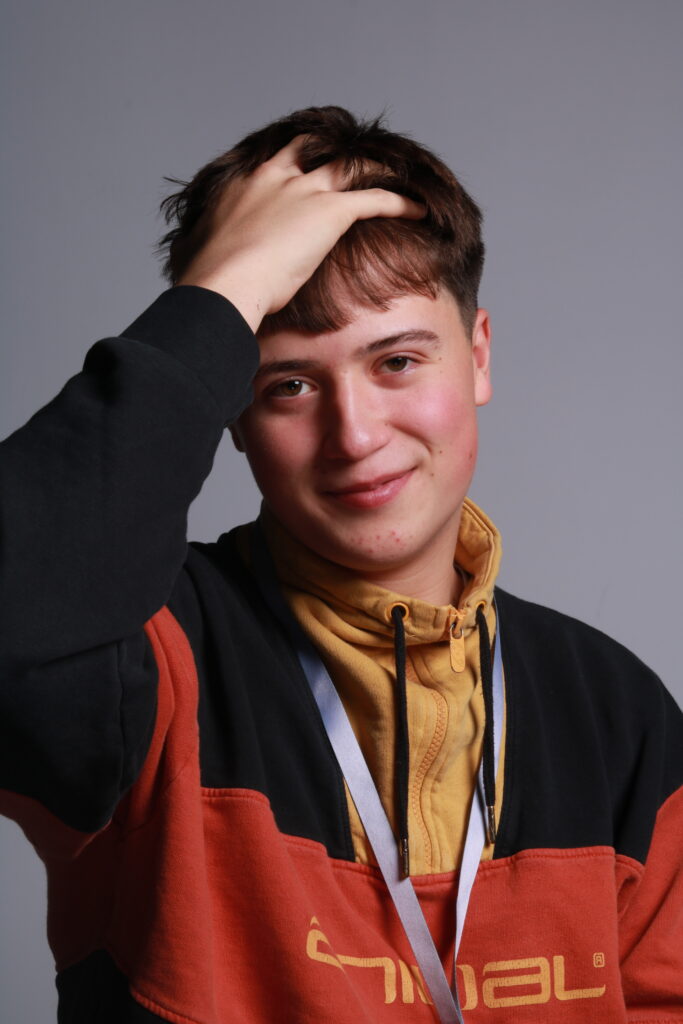Info:
Henry Mullins, a photographer who arrived in Jersey in 1848, lived in the parish of St Helier. During his time here he owned a studio near the royal square where he would take professional Carte-de-visite’s of wealthy middle class of Jersey. With his most active amounts of work being around 1867 to 1872, This was due to the Royal family having their portraits taken on Carte-de-visites. Inspired by the monarchy people came to him in St Helier from his advertisements to get their picture taken. During this period he took numerous headshots of Jerseys ruling elite as can be seen from the Military styled uniforms worn by most of the men in his photos.
(From right to left, Cpt C de Quetteville, Mr Anley and Lt Egre)
(Cpt – Captain & Lt – Lieutenant)
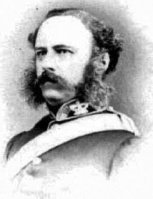
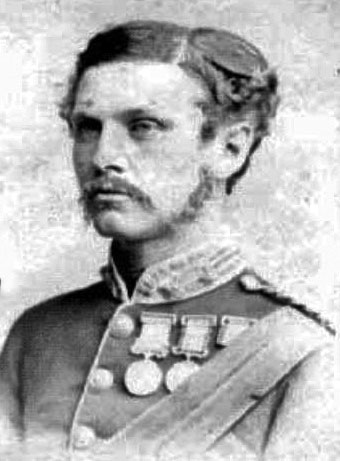
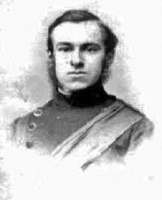
(Advertisement for Mullins photography in the royal square)

From the period of 1852 to 1873, he produced 9,000 portraits of Islanders when the population of jersey was around in the 55,000s. Creating multiple Albums of the people of Jersey, this documentary photography formed a sort of ‘who’s’ who’ on the types of people in Jersey at the time (during the 19th century). This included examples such as Jurats, figures in the government and other people of a wealthy status.
(Part of Jerripedia’s list of names of who had been photographed by Mullins, note the Jersey last names, familiar to some locations)
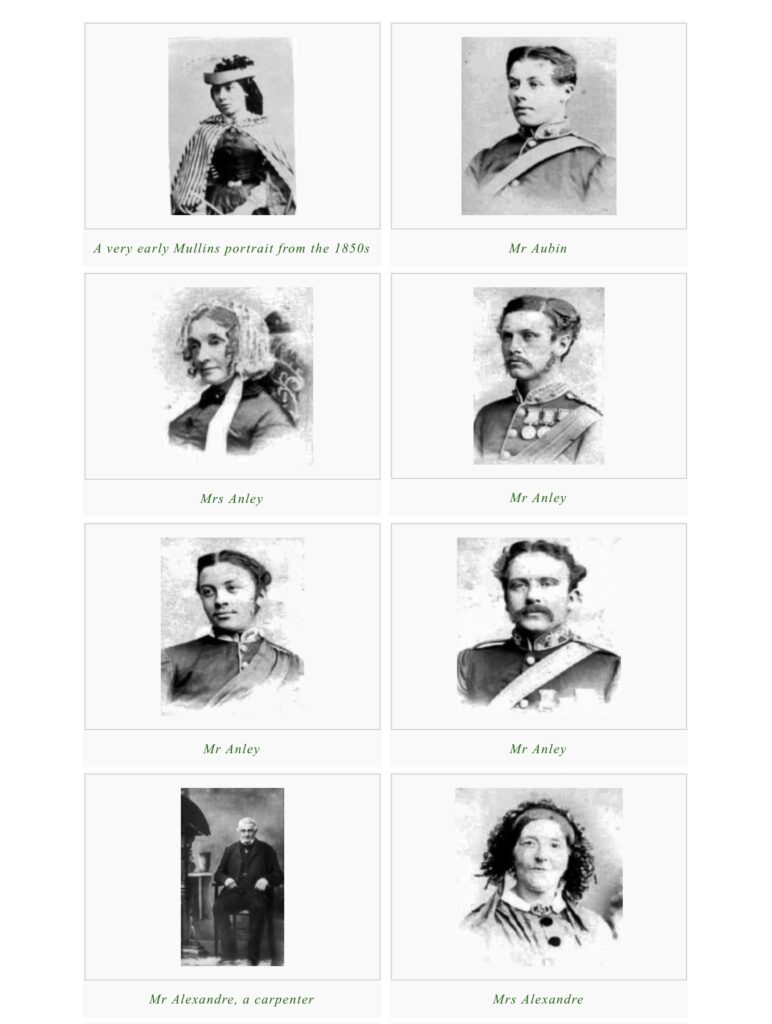
(One of his portfolios filled with his portraits)

Now stored in the Societe Jersiase photo-archive, his work contributed largely into understanding the historic past and atmosphere of the people of Jerseys past. With around half of the population today, his achievements on capturing a large majority of it, helps show Jersey’s social classes at the time. And with Local last names possibly trace back, identify and visually see their ancestors.
His Experiments:
Using the whites from egg yolk, Mullins was able to create a faded effect on his portraits, this isolated the rest of the body until it was just the shoulders neck and head in the frame, this process of early editing created an interesting Headshot, and became more apparent in some of his portfolios in the mid-late 19th century.
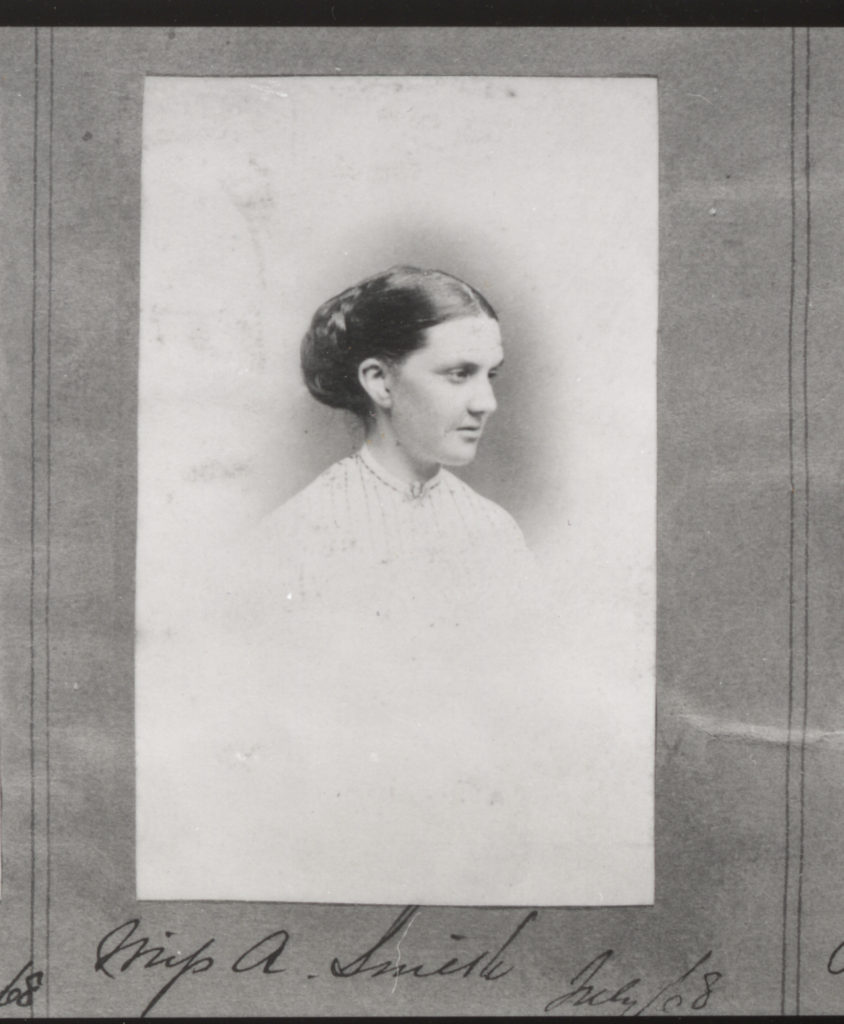

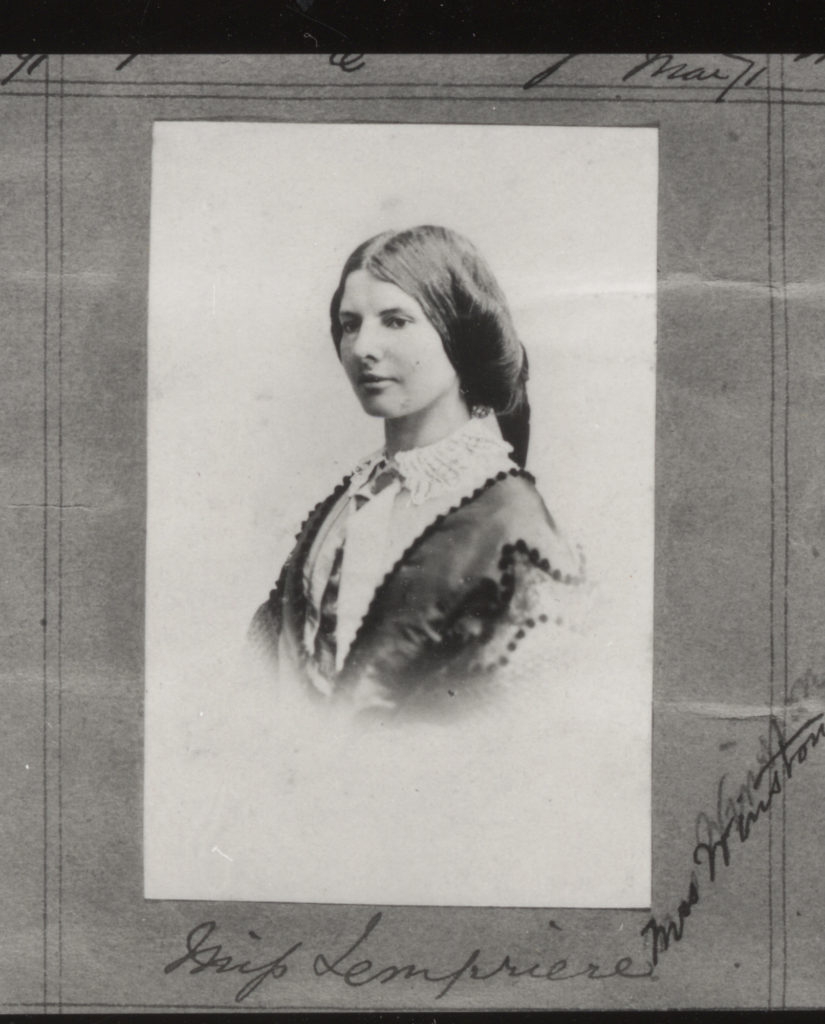
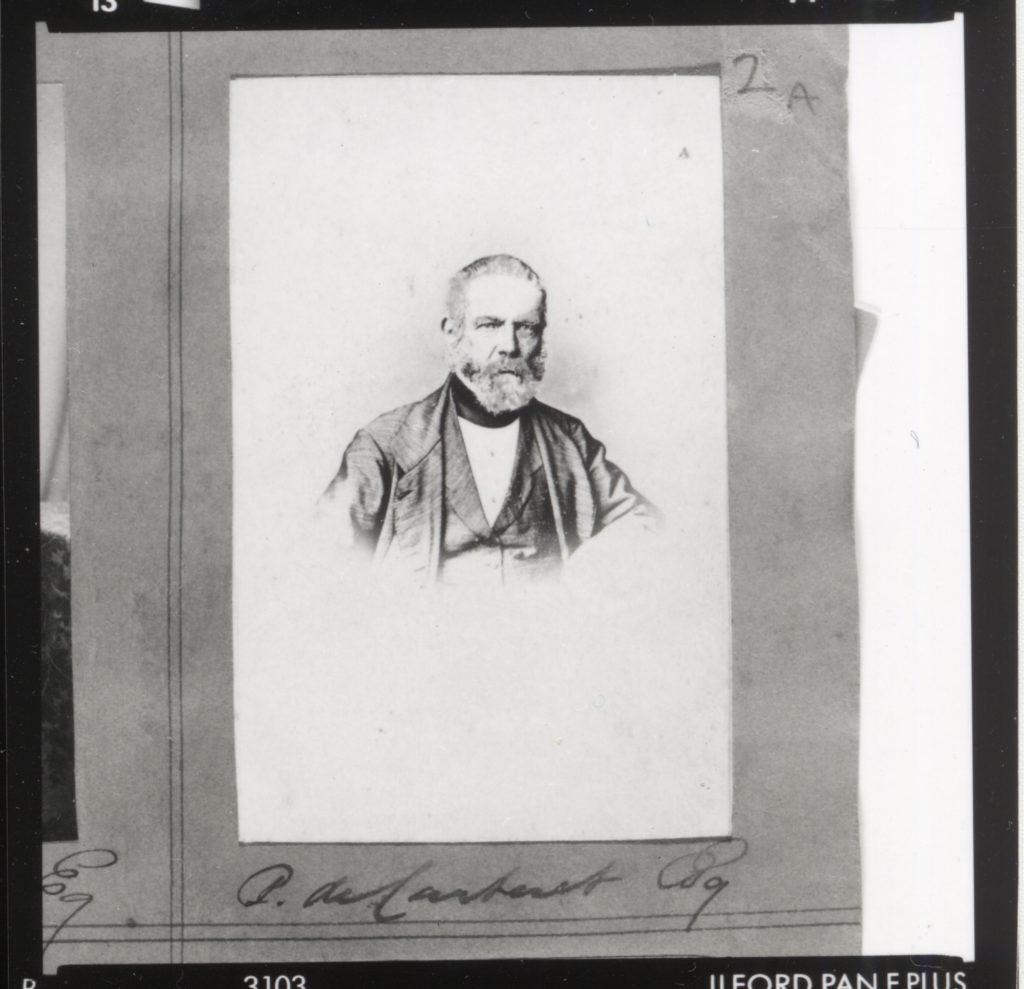
Another one of his experiments can be seen with Diamond Cameos, where by having 4 angles of headshots placed in a diamond shape created a unique way of capturing his subjects.
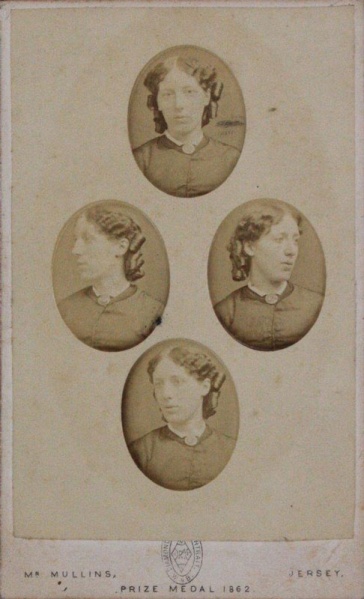
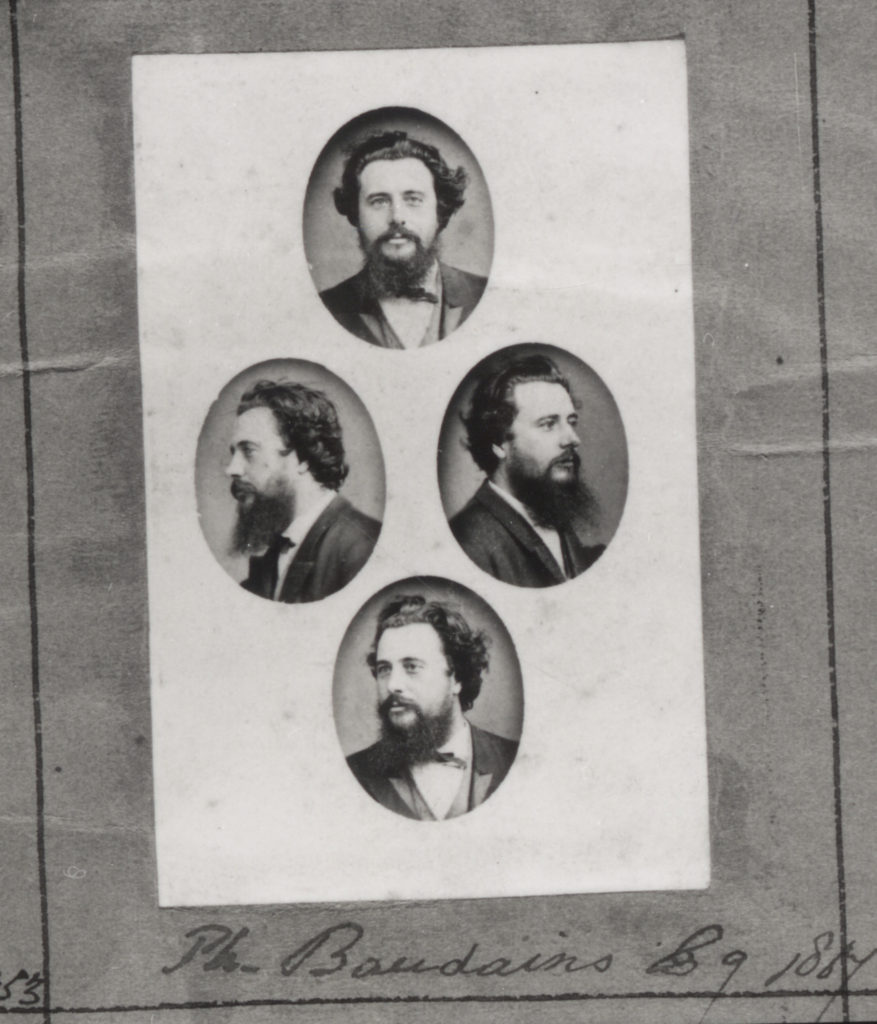
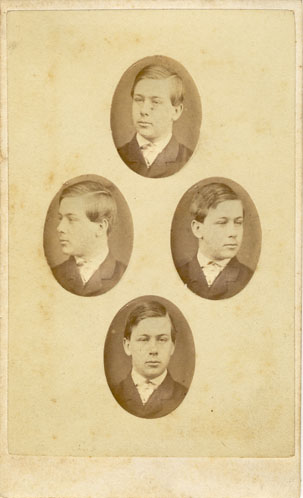
Taking influence from Mullins, In my next blog post I will attempt to recreate this edited style with some of my own images.

